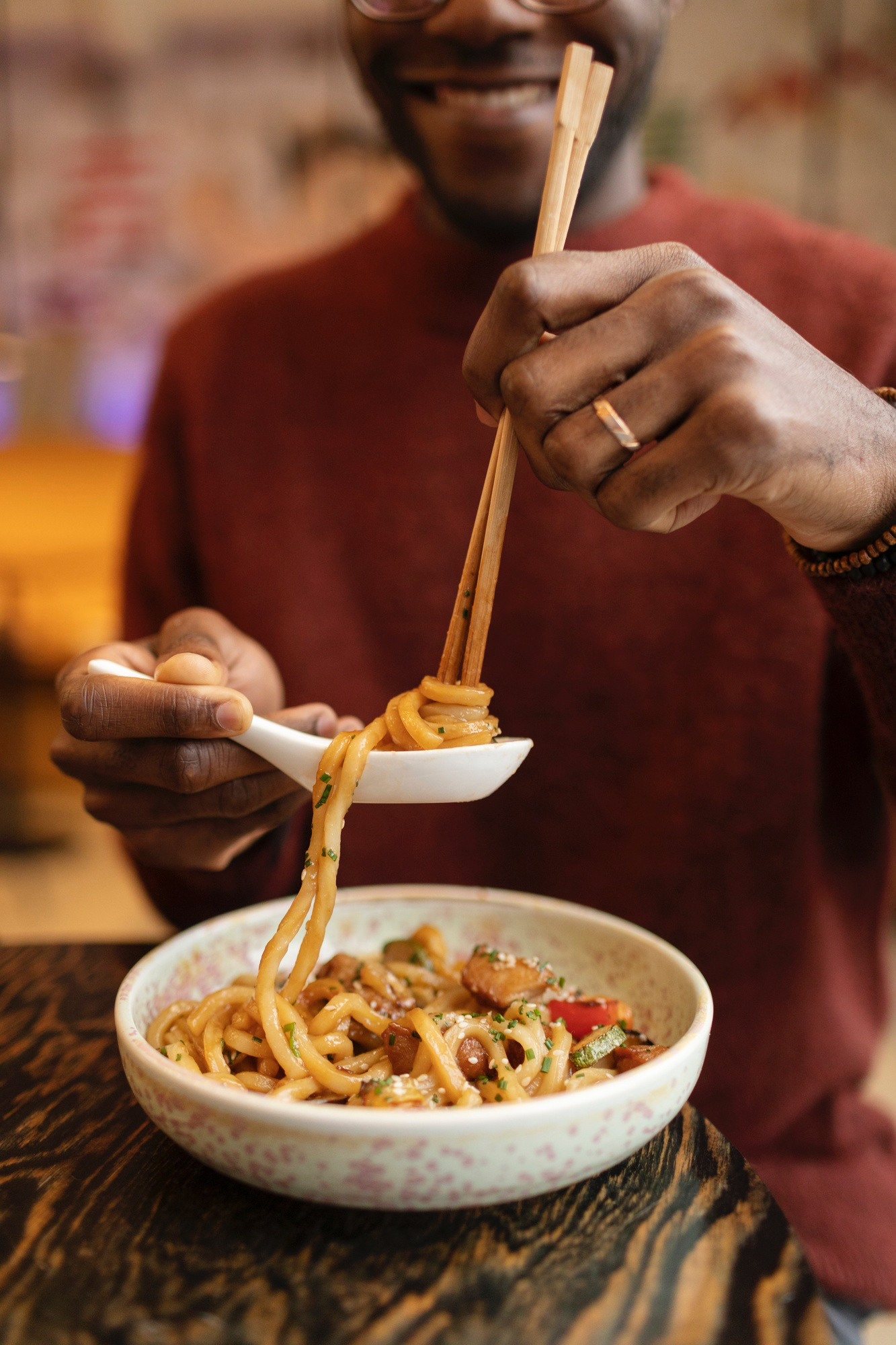In our diverse and vast world, food is much more than mere sustenance; it’s a celebration of culture, history, and the earth’s bounty. Each corner of the globe offers its unique flavors, ingredients, and culinary traditions, crafting dishes that tell stories of generations past and present. “Top 50 Foods You Must Eat Before You Die” is not just a list but a gastronomic journey that invites you to explore the depths of traditional and contemporary cuisines. From the aromatic spices of Indian curries to the delicate balance of flavors in Japanese sushi, this collection is a testament to the incredible variety of foods that our world has to offer. Embarking on this journey promises not only a feast for your taste buds but also an enriching experience that connects you to the soul of different cultures. Prepare your palate for an adventure that will take you through the hearty, the spicy, the sweet, and the unapologetically unique – a bucket Top 50 Foods You Must Eat Before You Die list for the true food enthusiast.
1. Margherita Pizza – Italy
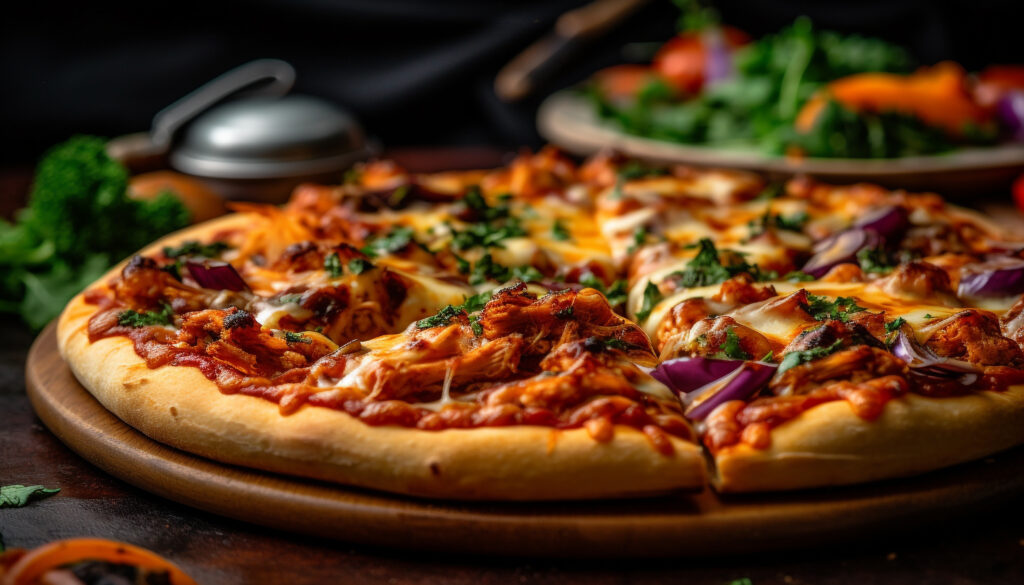
Legend has it that pizza Margherita was named after Queen Margherita of Savoy in 1889, distinguished by the colors of the Italian flag: red (tomato), white (mozzarella), and green (basil).
2. Cheeseburger – USA

The cheeseburger’s birthplace is hotly contested within the United States, but its popularity soared in the early 20th century, becoming a staple of American cuisine.
3. Sushi – Japan

Sushi, with its roots in ancient Southeast Asia, evolved in Japan around the 8th century as a method of preserving fish in fermented rice. Today, it’s a global symbol of Japanese cuisine.
4. Tacos – Mexico
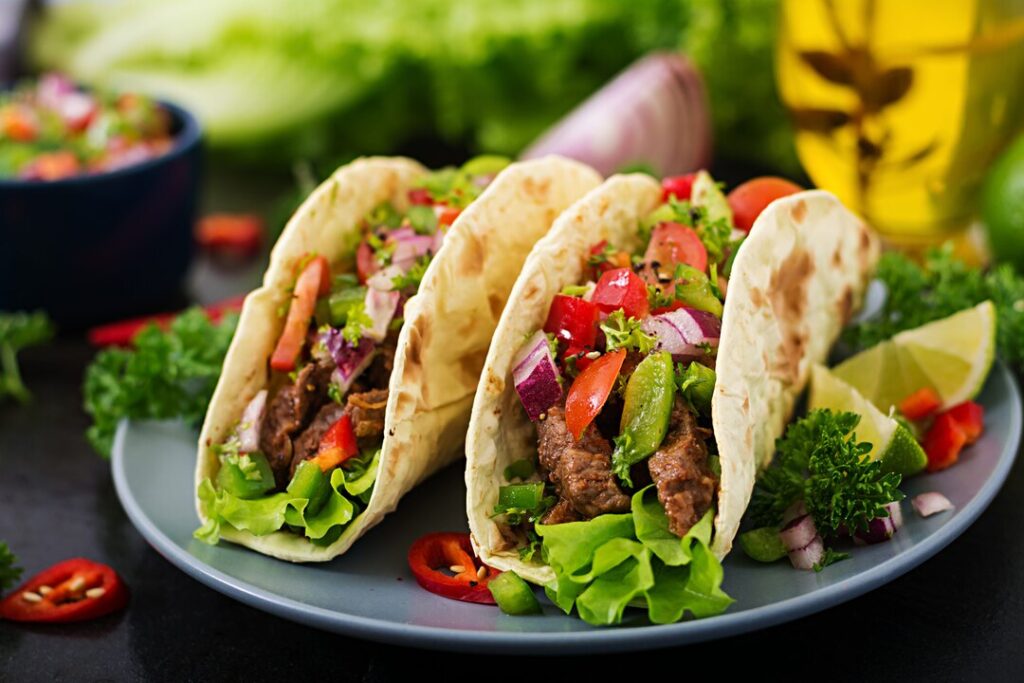
Tacos trace back to the indigenous people of Mexico, predating Spanish colonization. This versatile dish has countless variations based on regional ingredients and traditions.
5. Pad Thai – Thailand
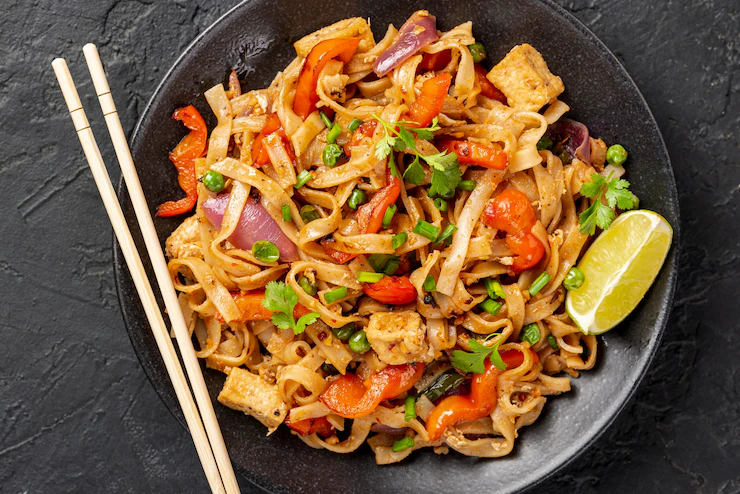
Pad Thai was popularized in the 1930s as part of Thailand’s nation-building efforts. This stir-fried noodle dish is now synonymous with Thai cuisine.
6. Paella – Spain
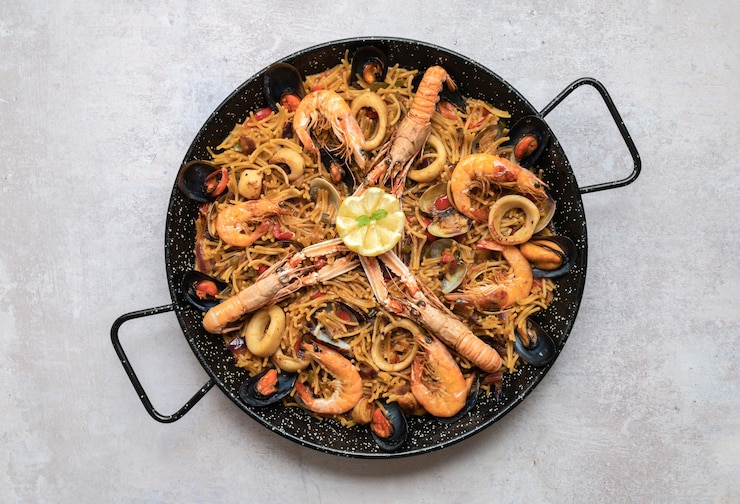
Originating from Valencia, paella is a testament to the Moorish influence on Spanish cuisine, showcasing local rice, saffron, and a variety of meats and seafood.
7. Beef Bourguignon – France
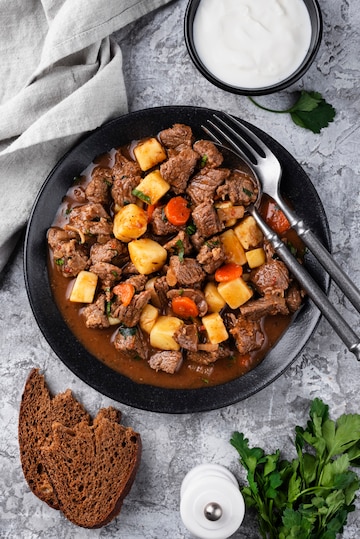
This hearty French stew, made with beef braised in red wine, embodies the rustic cuisine of Burgundy, a region also famous for its vineyards.
8. Peking Duck – China
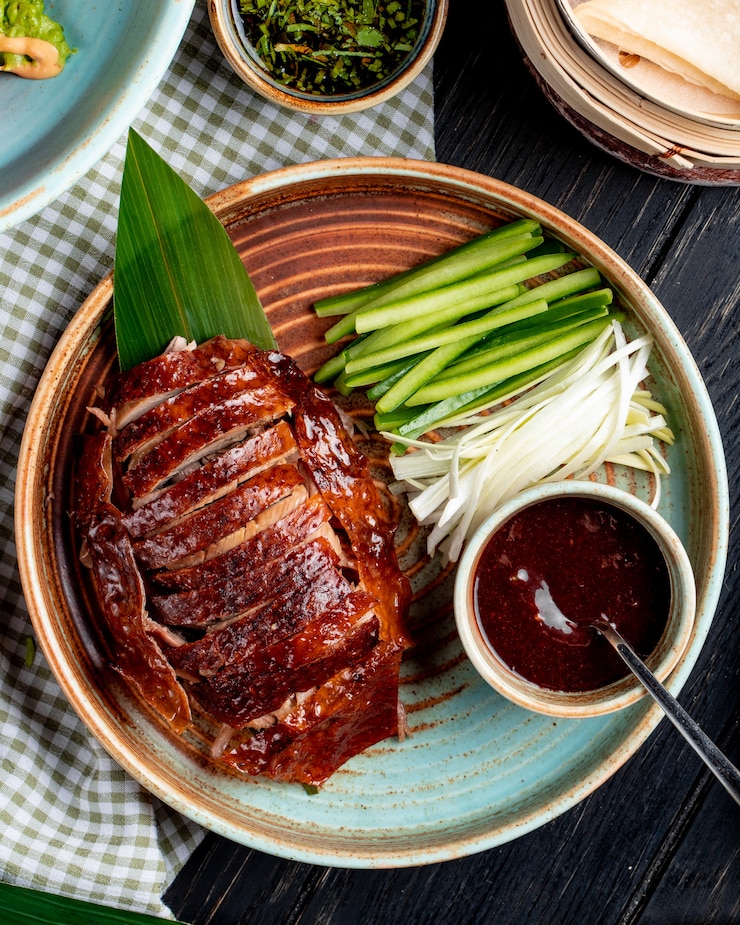
A dish fit for emperors, Peking duck’s origins can be traced back to the Yuan dynasty (13th century), known for its crispy skin and succulent meat.
9. Feijoada – Brazil
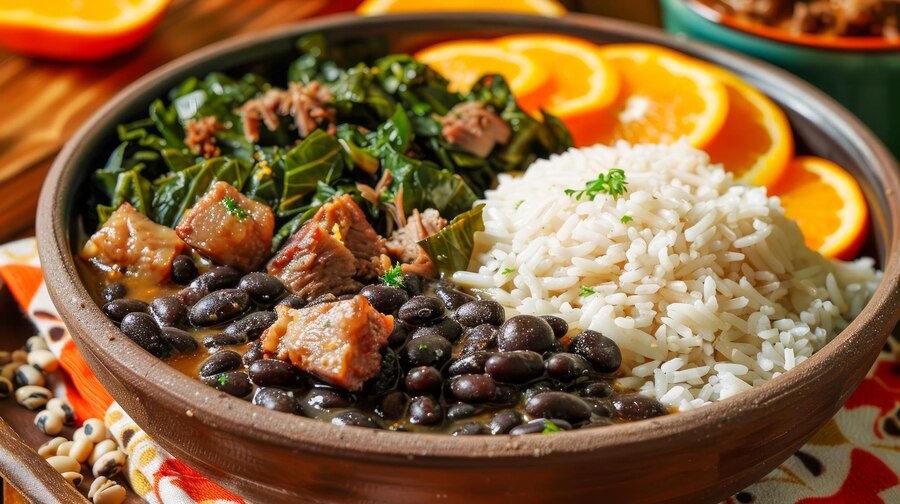
Feijoada is often considered Brazil’s national dish, with roots in the country’s colonial history. This black bean stew with pork reflects the blending of indigenous, African, and Portuguese influences.
10. Currywurst – Germany
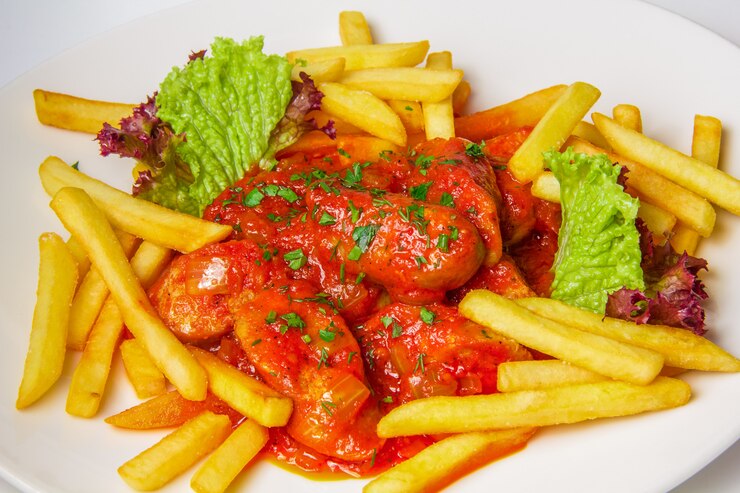
Invented in Berlin by Herta Heuwer in 1949, currywurst quickly became a German fast-food favorite, combining post-war British curry powder with traditional German sausages.
11. Butter Chicken – India
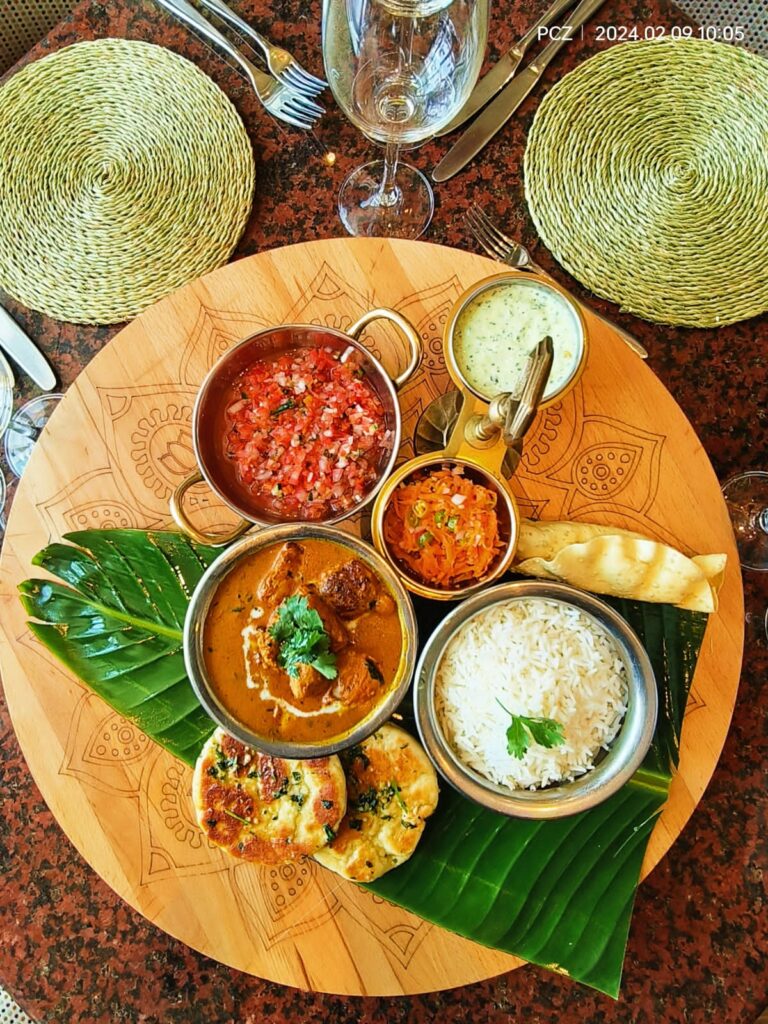
Originating in Delhi in the 1950s, butter chicken was created by chefs at the Moti Mahal restaurant who combined leftover chicken with a creamy tomato sauce, now a staple of Indian cuisine worldwide.
12. Ratatouille – France
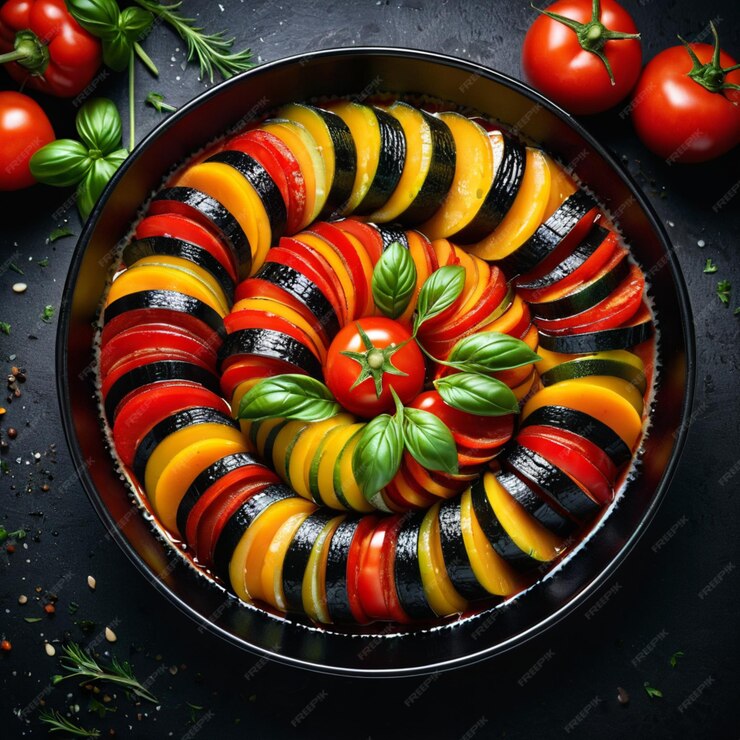
This vegetable stew, hailing from Nice in Provence, showcases the simplicity and freshness of French country cooking, using ingredients like tomatoes, eggplant, and zucchini.
13. Bibimbap – Korea
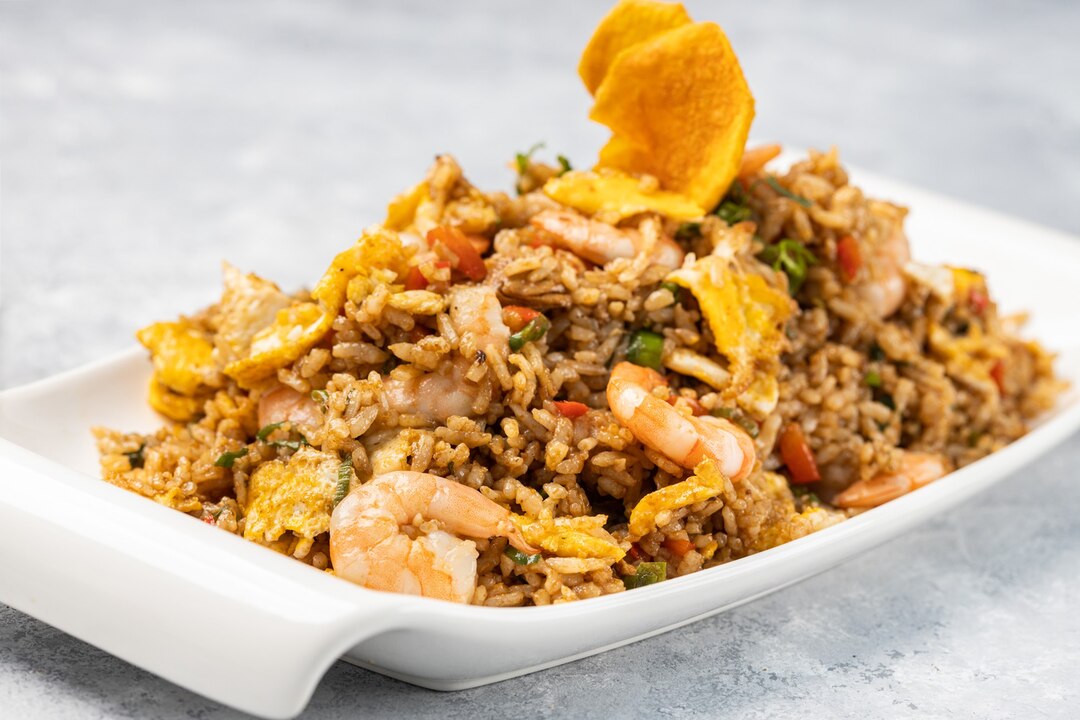
Meaning “mixed rice,” bibimbap serves as a testament to Korean ingenuity, mixing rice with vegetables, meat, a variety of seasonings, and a fried egg, believed to have been developed from ancient royal cuisine.
14. Lasagna – Italy

Tracing its roots back to ancient Rome, lasagna evolved over centuries. The modern version, layered with ragù, béchamel sauce, and cheese, originates from Emilia-Romagna.
15. Shawarma – Middle East

This popular street food of thinly sliced cuts of meat, wrapped in a pita or flatbread, has origins dating back to the 19th century Ottoman Empire, now enjoyed globally with local adaptations.
16. Fish and Chips – UK
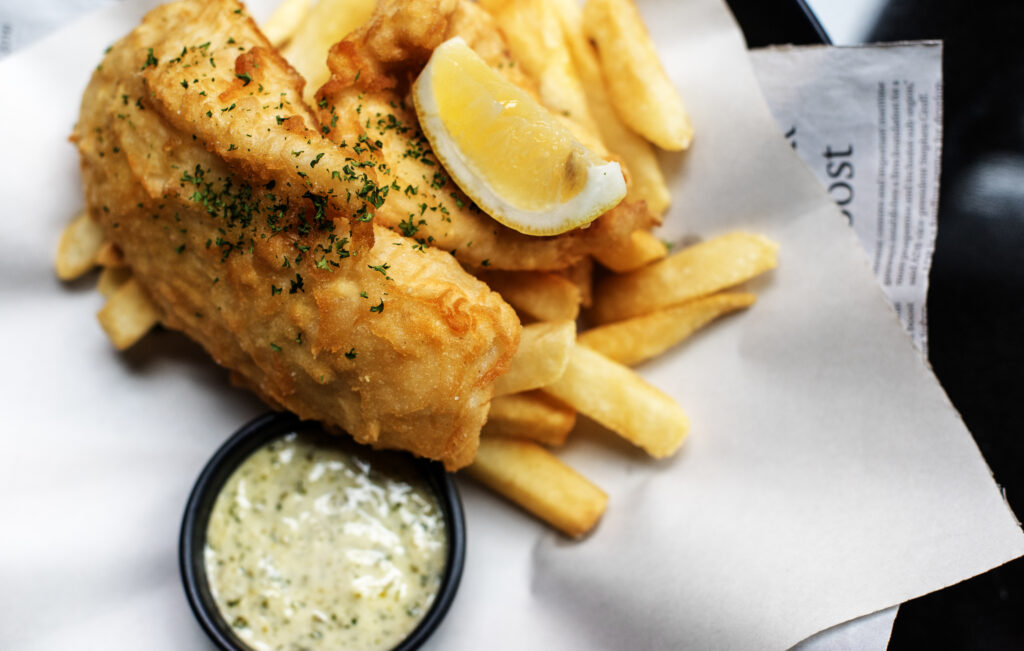
A quintessential British dish, fish and chips became popular in the 1860s as a cheap, filling meal for the working class. Its origins lie in England’s industrial north.
17. Empanadas – Latin America

These stuffed pastry turnovers are enjoyed across Latin America, each country offering its unique fillings. Their origins can be traced back to Spain and Portugal.
18. Jollof Rice – West Africa
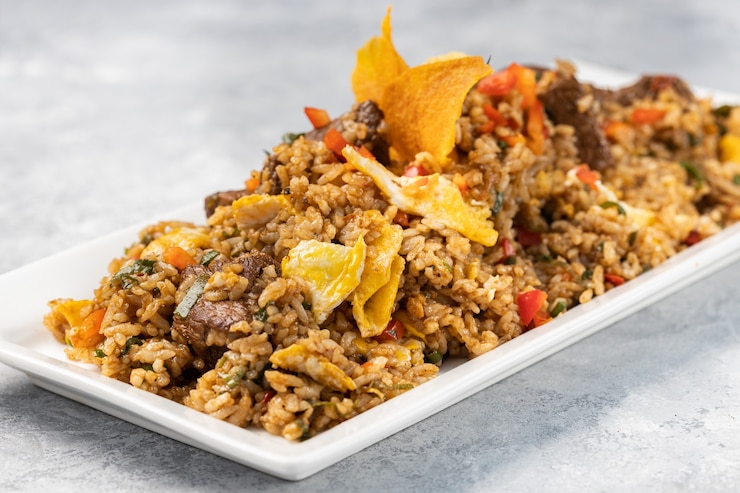
A celebrated dish in many West African countries, each claiming superiority in its preparation. Jollof rice is a one-pot rice dish believed to have originated from the Senegambian region, ruled by the Jolof Empire in the 14th to 16th centuries.
19. Moussaka – Greece
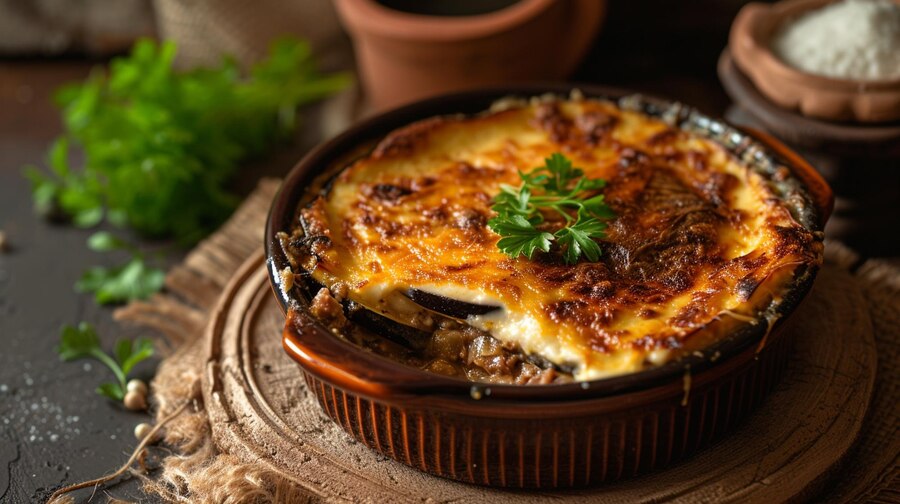
A rich, layered bake of eggplant, minced meat, and béchamel sauce, moussaka has its roots in the Levant, the Balkans, and the Middle East, with the modern version popularized in Greece by chef Nikolaos Tselementes in the 1920s.
20. Pho – Vietnam
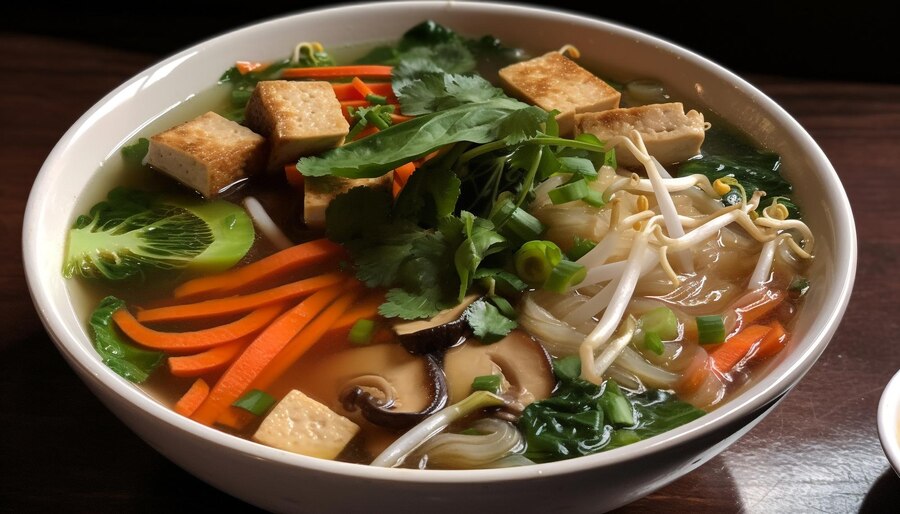
This fragrant noodle soup embodies Vietnamese cuisine’s essence, with its origins in the early 20th century northern Vietnam. Combining Chinese, French, and indigenous influences, pho became a national staple.
21. Meatloaf – USA

While meatloaf has European origins, the American version became popular during the Great Depression, offering an economical way to stretch meat resources by mixing it with other ingredients.
22. Borscht – Eastern Europe
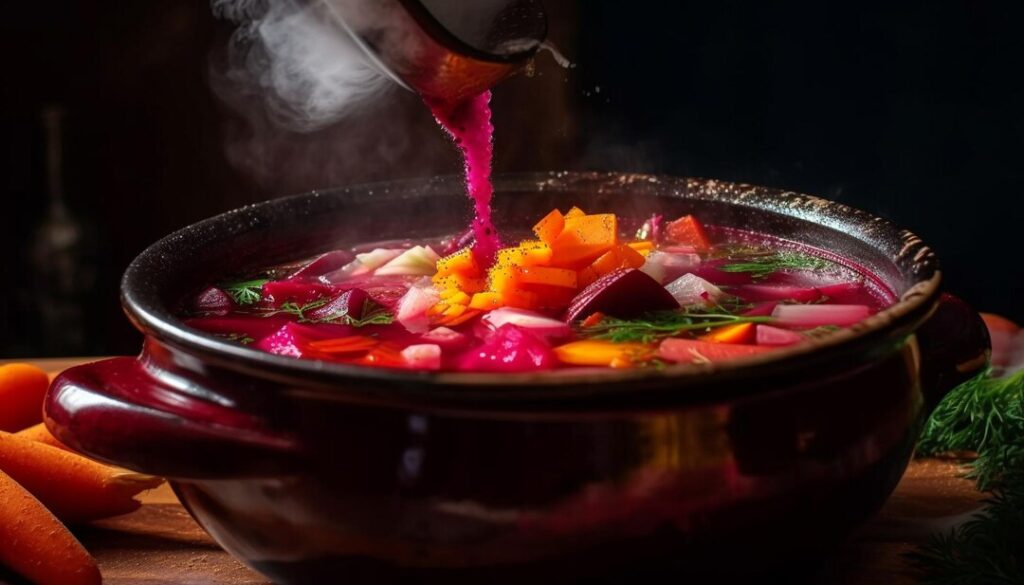
This hearty soup is made with beetroot as the main ingredient, giving it a distinctive red color. Borscht is a staple in many Eastern European countries, each with its version.
23. Chicken Tikka Masala – UK/India
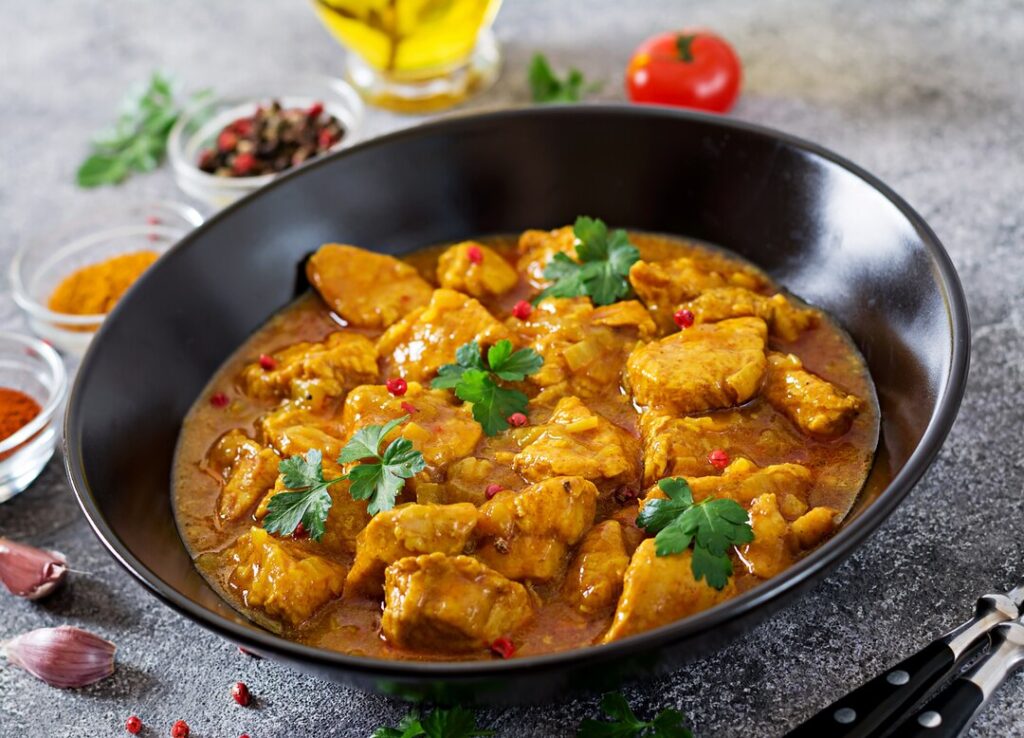
A dish with contested origins, it’s said to have been invented by a Bangladeshi chef in Glasgow, Scotland, who added a tomato cream sauce to his chicken tikka skewers to appeal to local tastes.
24. Fajitas – Mexico/USA
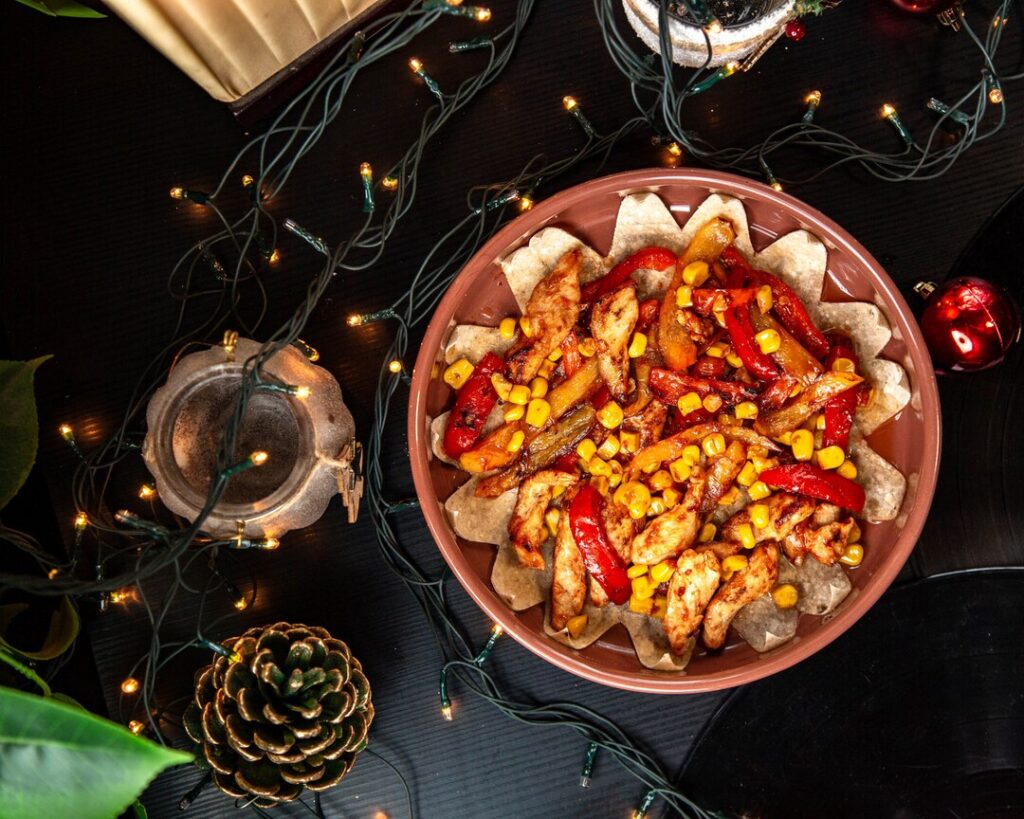
Originally from the Texas-Mexican border, fajitas were created by Mexican ranch workers who cooked leftover beef as a filling for tortillas. It has since become a Tex-Mex favorite.
25. Pierogi – Poland
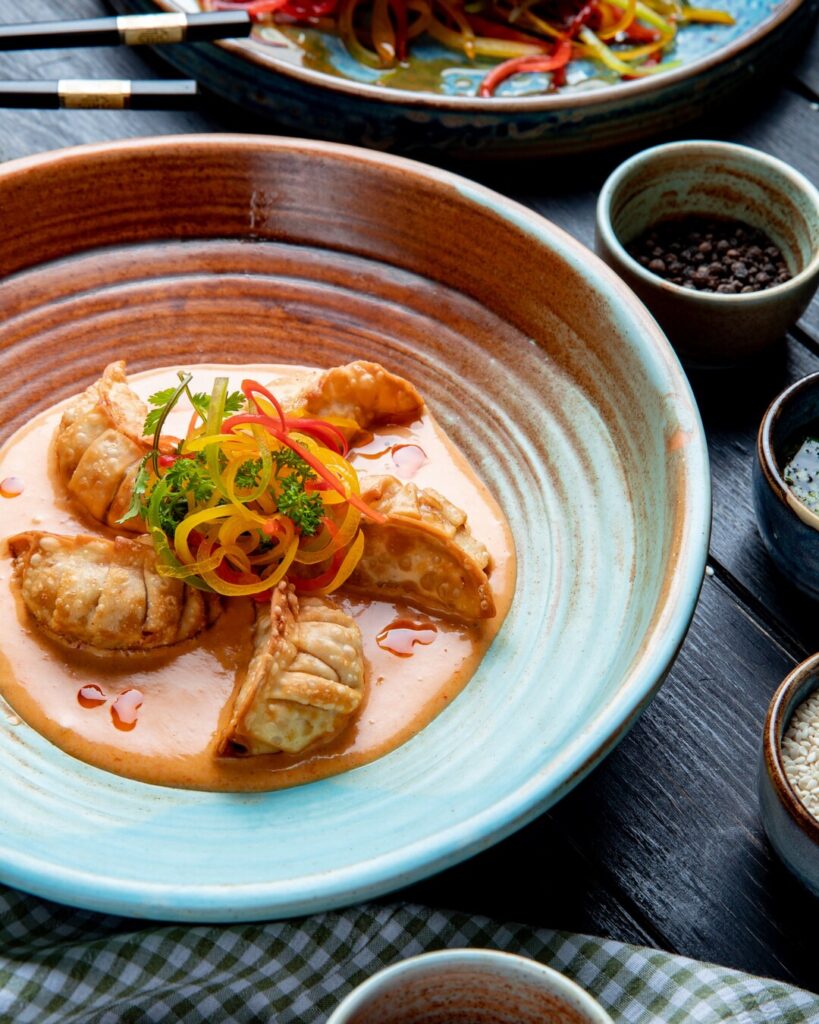
These stuffed dumplings are central to Polish cuisine but are also popular throughout Eastern Europe. Pierogi can be filled with sweet or savory ingredients, making them versatile and beloved.
26. Tagine – Morocco
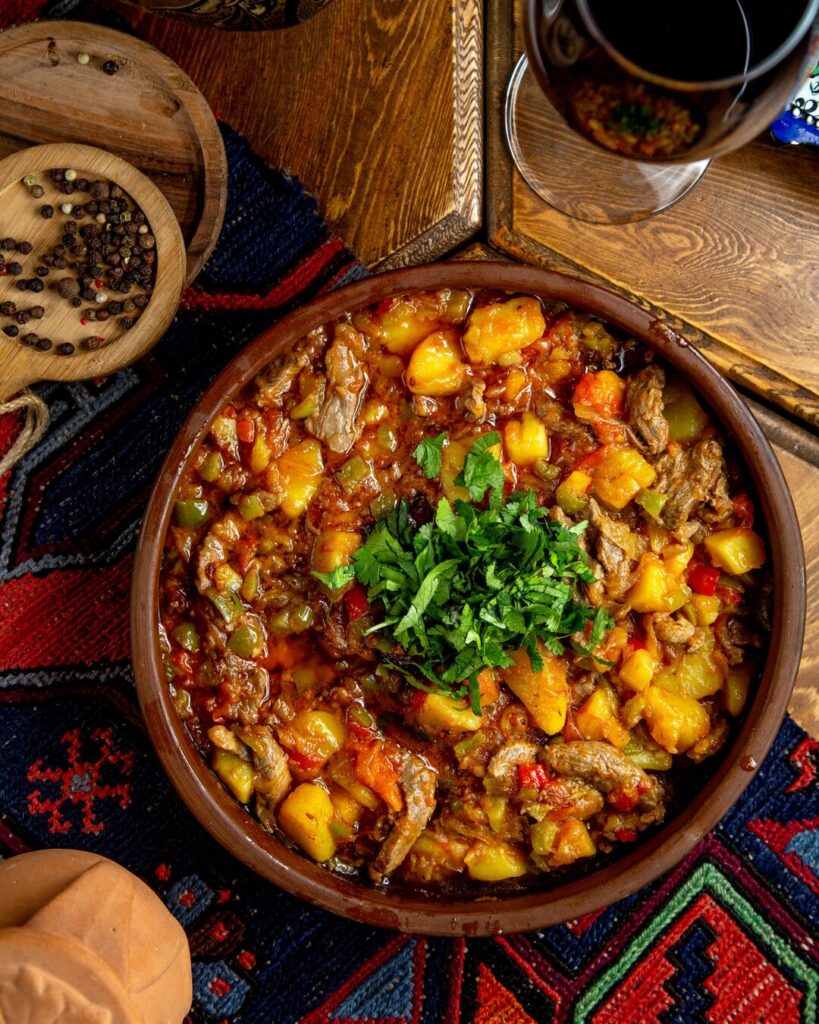
Named after the earthenware pot it’s cooked in, tagine is a slow-cooked stew that epitomizes Moroccan cuisine with its complex spices and flavors.
27. Spaghetti Carbonara – Italy
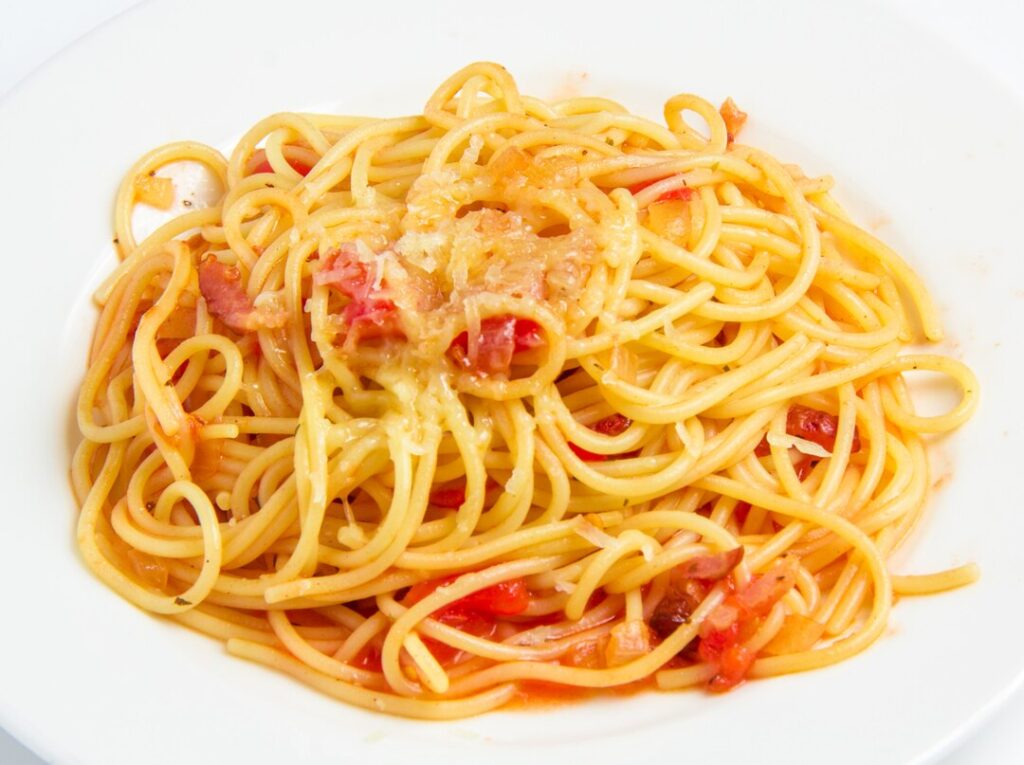
A Roman classic, carbonara is made with spaghetti, cured pork, cheese, eggs, and black pepper. Its origins are debated, but it became popular as a quick, hearty meal for Italian charcoal workers.
28. Beef Stroganoff – Russia
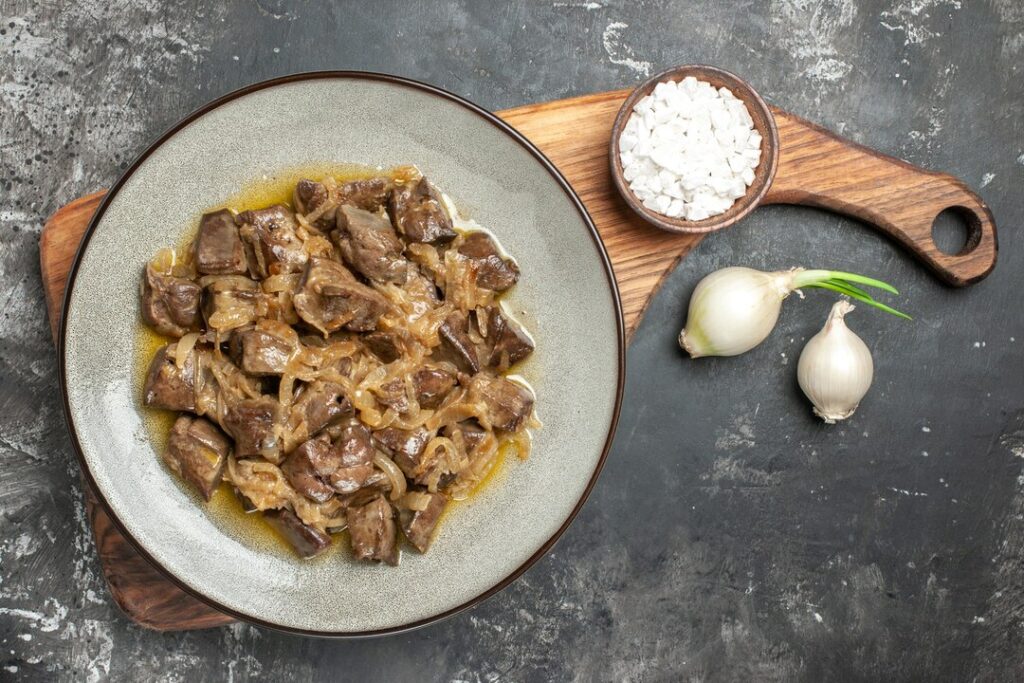
This dish of sautéed pieces of beef served in a sauce with smetana (sour cream) dates back to 19th-century Russia, named after the Stroganov family.
29. Ceviche – Peru
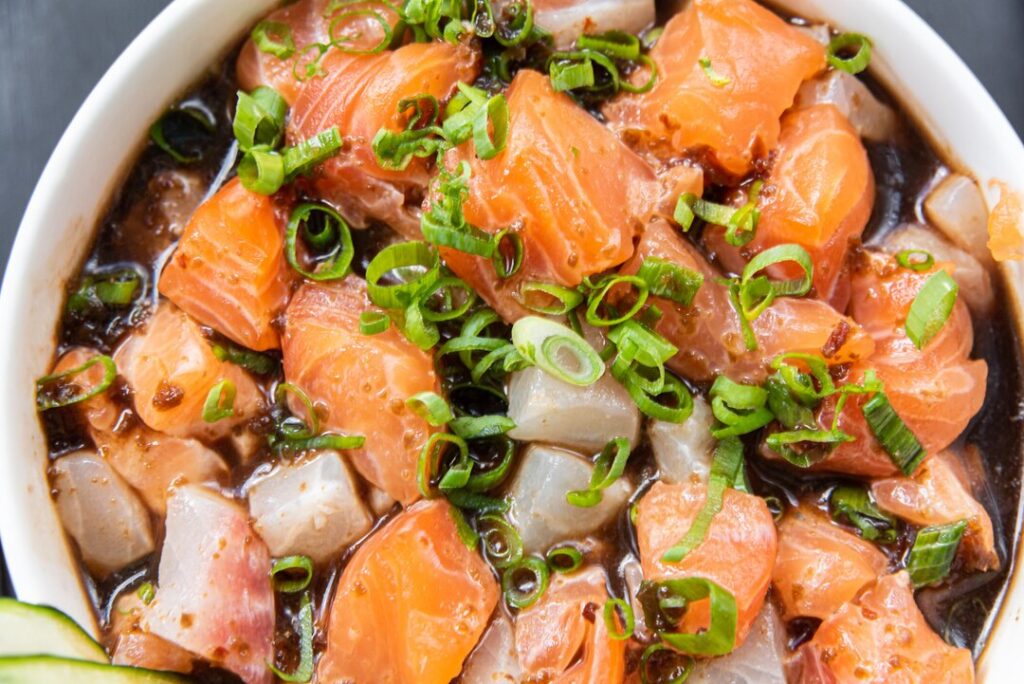
Ceviche, raw fish cured in citrus juices and spiced with chili peppers, is a Peruvian delicacy with pre-Columbian roots, showcasing the country’s rich seafood tradition.
30. Bulgogi – Korea

Meaning “fire meat,” bulgogi is a Korean dish made from thin slices of marinated beef, grilled on a barbecue. It’s a testament to Korea’s love for marinated, grilled meats.
31. Falafel – Middle East
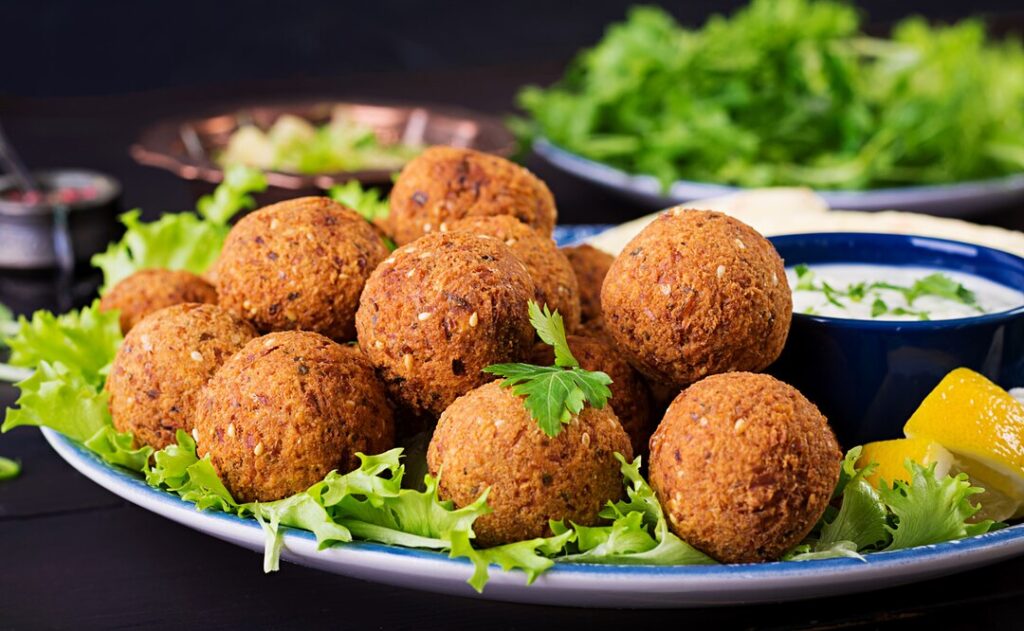
Falafel, deep-fried balls made from ground chickpeas or fava beans, is a common dish in Middle Eastern cuisine, believed to have originated in Egypt as a meat substitute during Lent.
32. Gumbo – USA
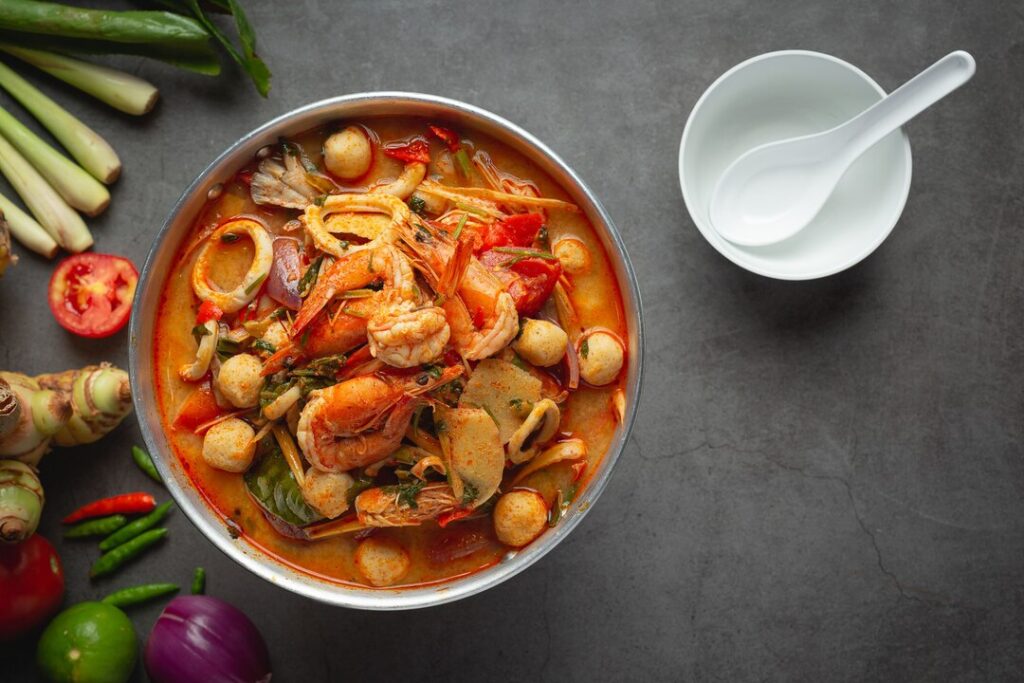
A dish that symbolizes the melting pot of Louisiana’s culture, gumbo combines ingredients and culinary practices of several cultures, including West African, French, Spanish, and Native American.
33. Poutine – Canada
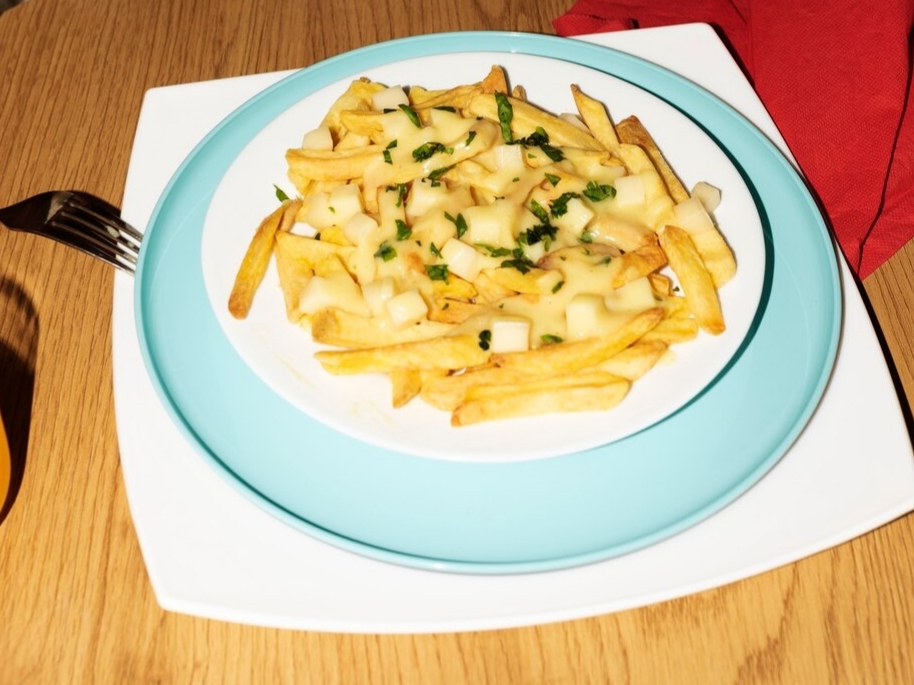
Originating from rural Quebec in the 1950s, poutine has risen from humble beginnings to become one of Canada’s most beloved dishes. It’s a comforting mix of fries, cheese curds, and gravy.
34. Gazpacho – Spain
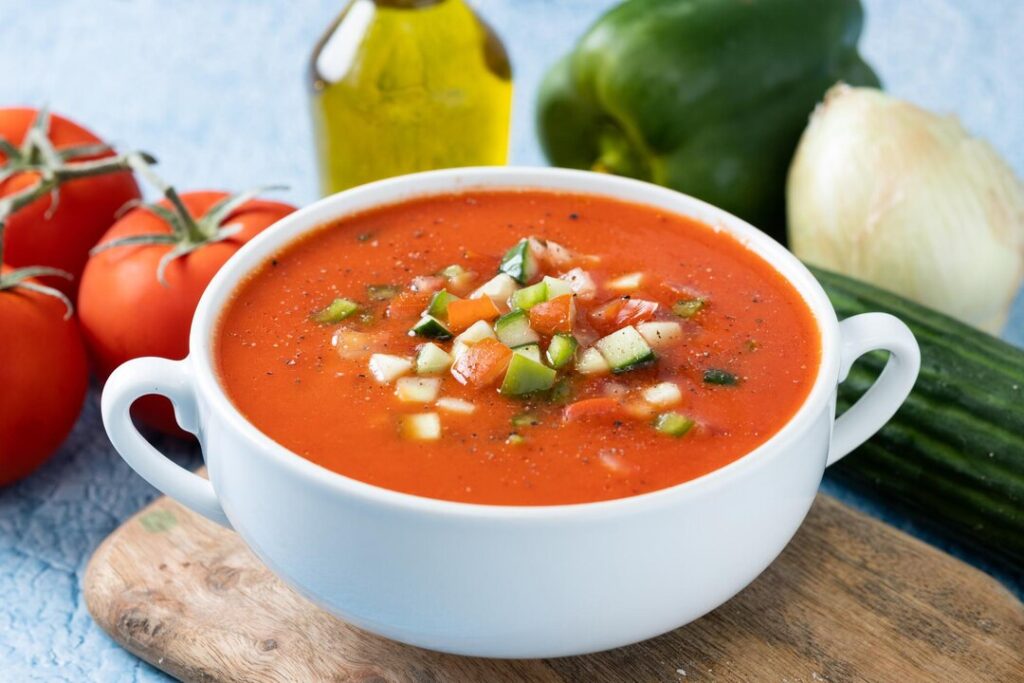
This cold soup made of raw, blended vegetables is a classic of Andalusian cuisine, perfect for hot summers. Its origins can be traced back to the Romans and Moors who influenced Spanish cuisine.
35. Sauerbraten – Germany
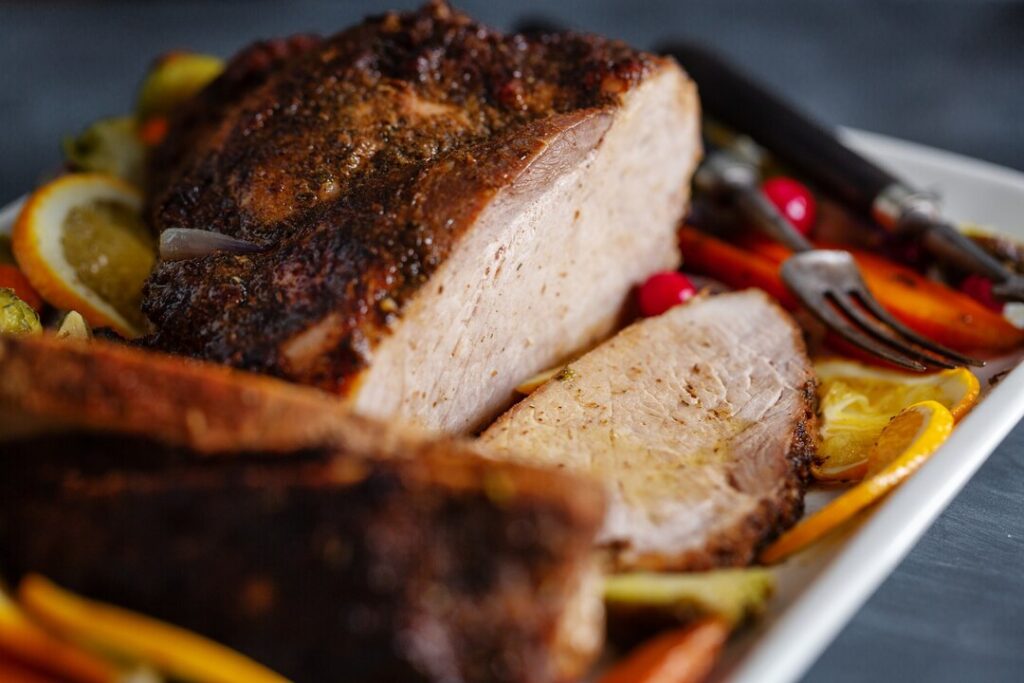
Regarded as one of Germany’s national dishes, Sauerbraten is a pot roast, traditionally of horse meat but now usually beef, which is marinated for several days in a mixture of vinegar or wine, water, and a variety of seasonings before being slow-cooked.
36. Kimchi – Korea
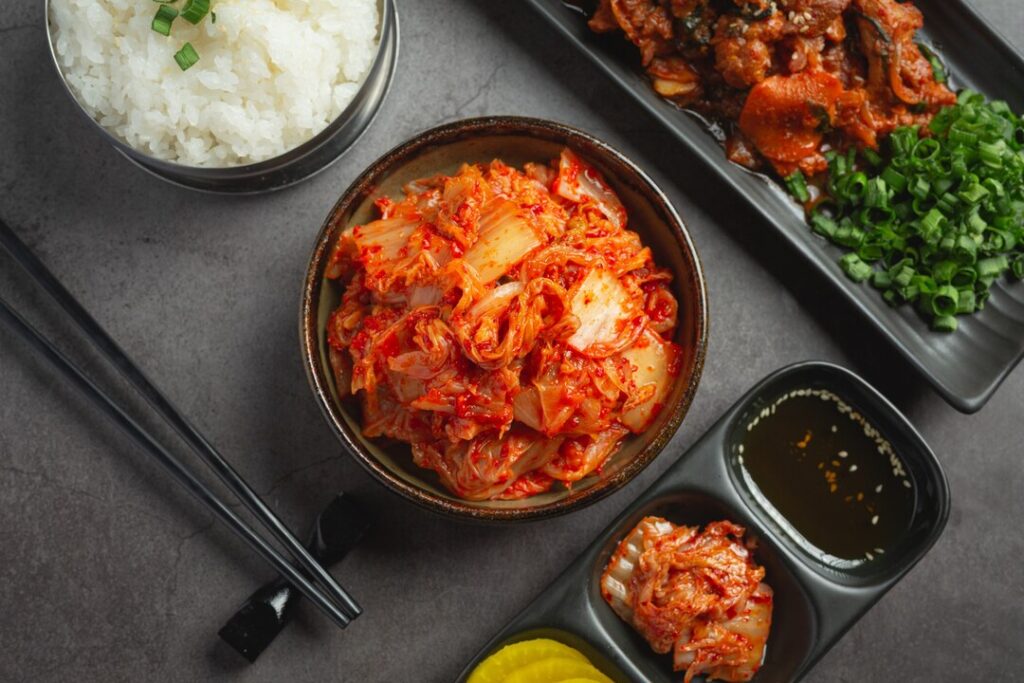
An essential part of Korean cuisine, kimchi is a traditional side dish of salted and fermented vegetables, such as napa cabbage and Korean radish, made with a widely varying selection of seasonings including gochugaru, spring onions, garlic, ginger, and jeotgal.
37. Baklava – Middle East
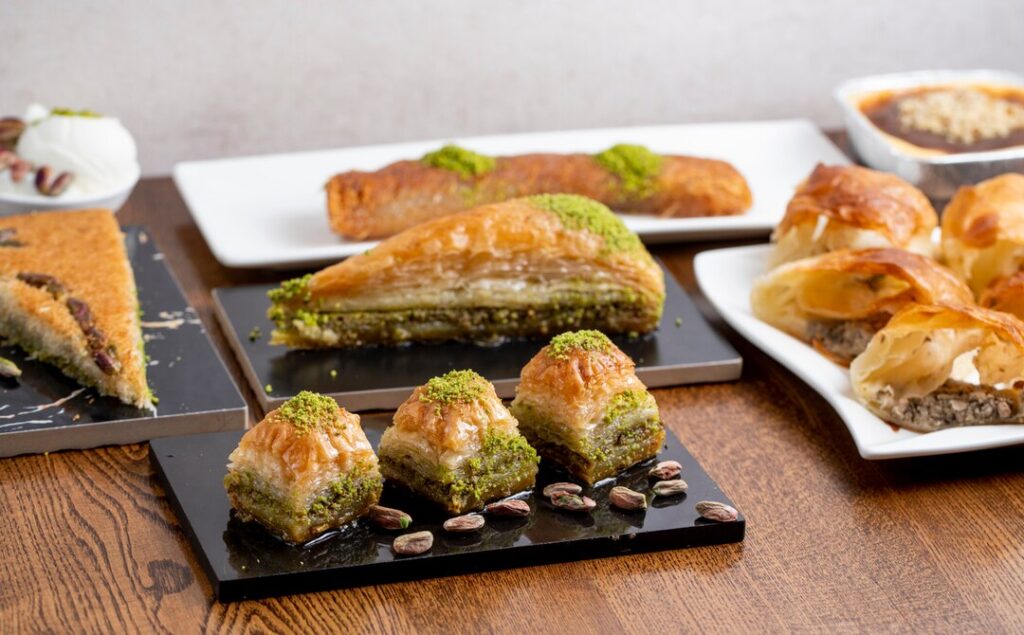
A rich, sweet dessert pastry made of layers of filo filled with chopped nuts and sweetened with syrup or honey, baklava is claimed by many ethnic groups, but its current form was probably developed in the imperial kitchens of the Topkapi Palace in Istanbul.
38. Tiramisu – Italy

This popular coffee-flavoured Italian dessert is made of ladyfingers dipped in coffee, layered with a whipped mixture of eggs, sugar, and mascarpone cheese, flavoured with cocoa. Its origins are often disputed, but it seems to have been invented in the Veneto region in the 1960s.
39. Couscous – North Africa
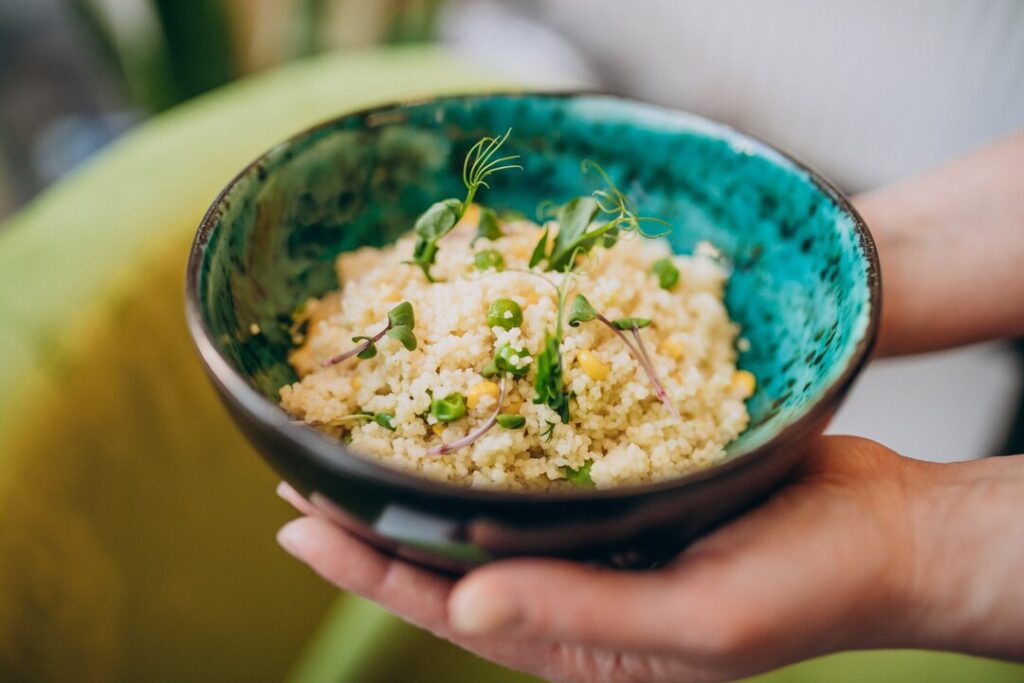
Widely regarded as a staple in North African cuisines, particularly in countries like Morocco, Algeria, and Tunisia, couscous is made from small steamed balls of crushed durum wheat semolina. It is traditionally served with a meat or vegetable stew spooned over it. Couscous has ancient roots, with historical references dating back to the 13th century.
40. Massaman Curry – Thailand
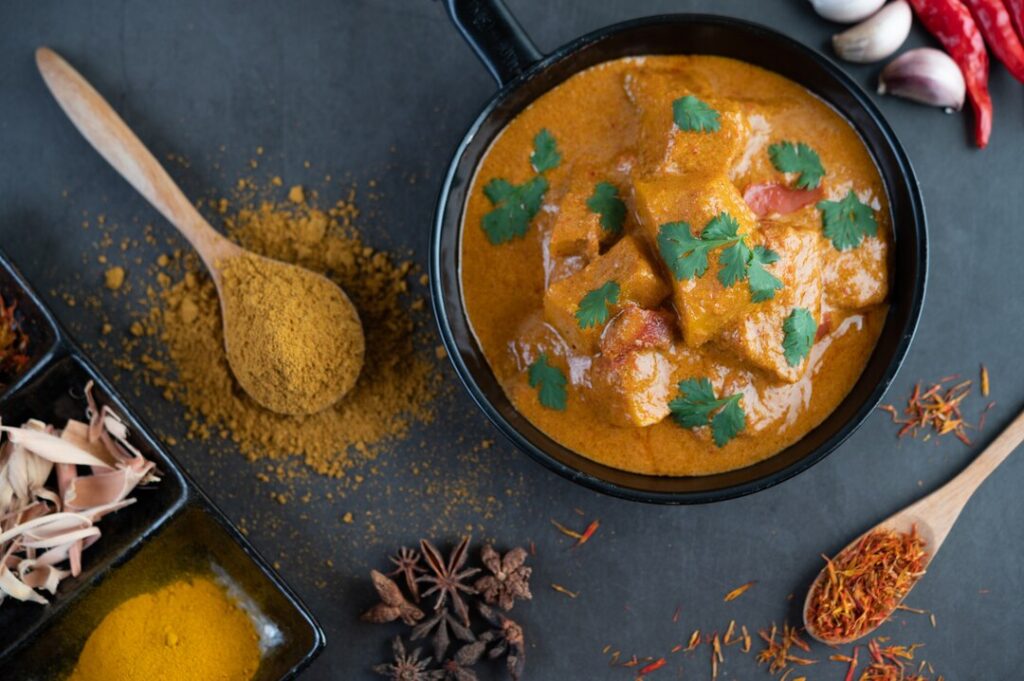
This Thai curry represents a fusion of Thai and Persian influences, featuring a rich, coconut milk-based sauce seasoned with spices such as cumin, cinnamon, and nutmeg, often accompanied by beef, chicken, or tofu. Its unique blend of flavors and spices has made it a favorite in Thai cuisine and beyond.
41. Pavlova – Australia/New Zealand

Named after the Russian ballerina Anna Pavlova, this meringue-based dessert with a crisp crust and soft, light inside is topped with whipped cream and fresh fruit. Its origin is subject to a long-standing debate between Australia and New Zealand, with both countries claiming its invention.
42. Feijão Tropeiro – Brazil
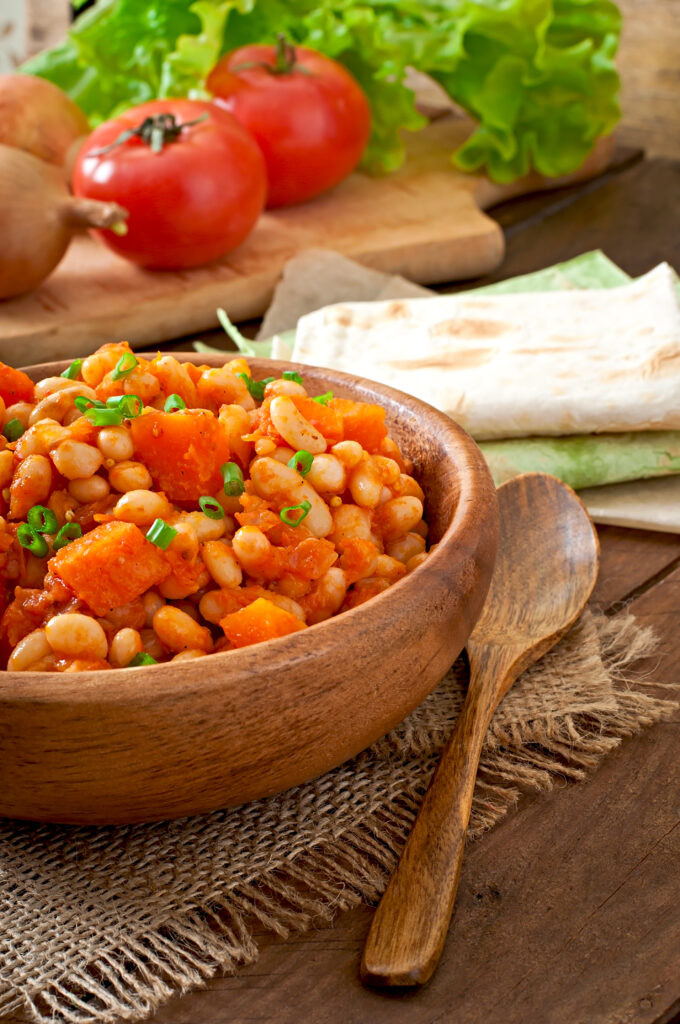
A traditional Brazilian dish, particularly from the Southeastern region, Feijão Tropeiro combines beans, cassava flour, scrambled eggs, and diced fried bacon or sausage. It originated from the colonial period as a staple for drovers and cattle handlers, featuring ingredients that were easy to transport and prepare.
43. Goulash – Hungary
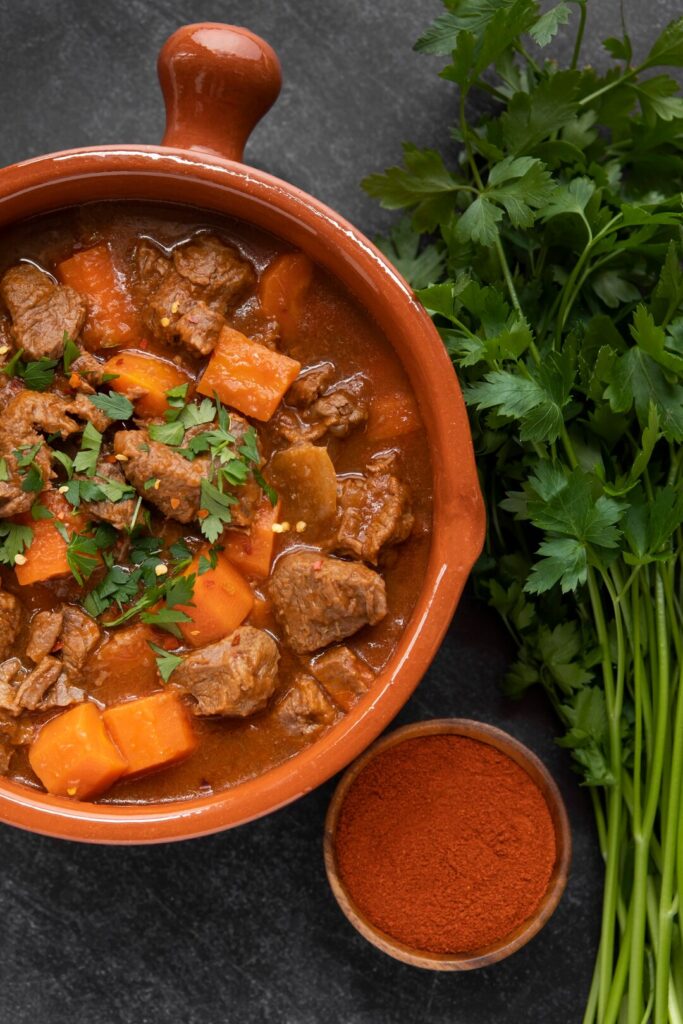
A national dish of Hungary, goulash is a stew (or sometimes soup) of meat and vegetables, seasoned with paprika and other spices. Originating in medieval Hungary, the dish was traditionally made by cattle herdsmen.
44. Chili Crab – Singapore
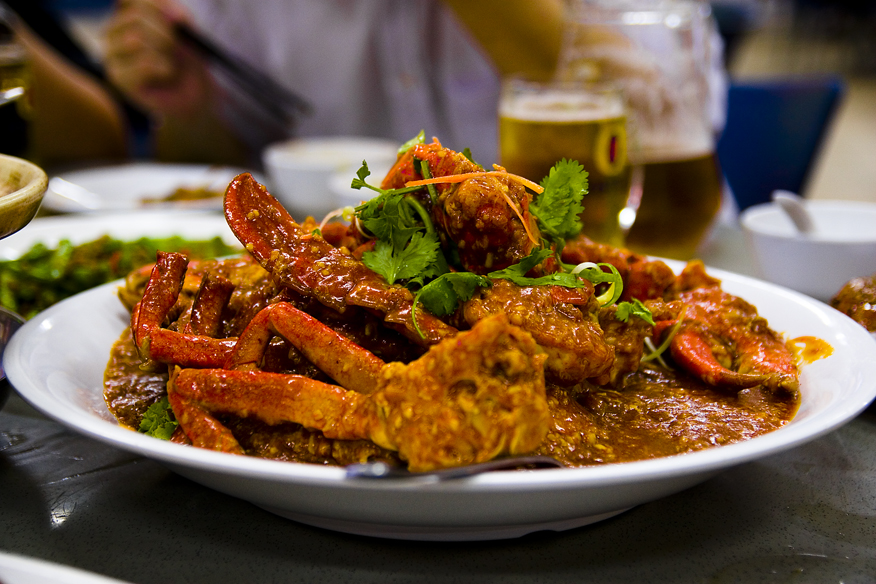
Created in 1956 by Cher Yam Tian with her husband, Lim Choon Ngee, chili crab has since become one of Singapore’s greatest culinary inventions. It’s a spicy, tangy, and sweet dish featuring stir-fried crab coated with tomato and chili-based sauce.
45. Rogan Josh – Kashmir, India
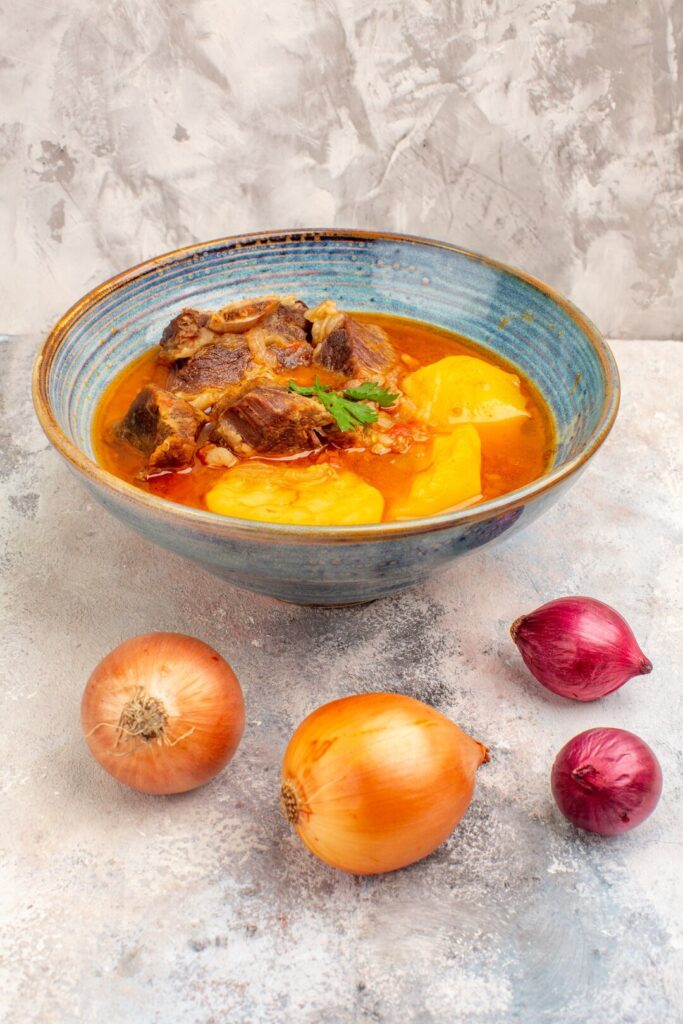
Originating in the Kashmir region of India, Rogan Josh is a staple of Kashmiri cuisine and a significant element of the Wazwan, a formal meal in Kashmiri Muslim tradition. It’s a type of curry made with braised lamb chunks cooked with a gravy based on browned onions, yogurt, garlic, ginger, and aromatic spices.
46. Mole Poblano – Mexico
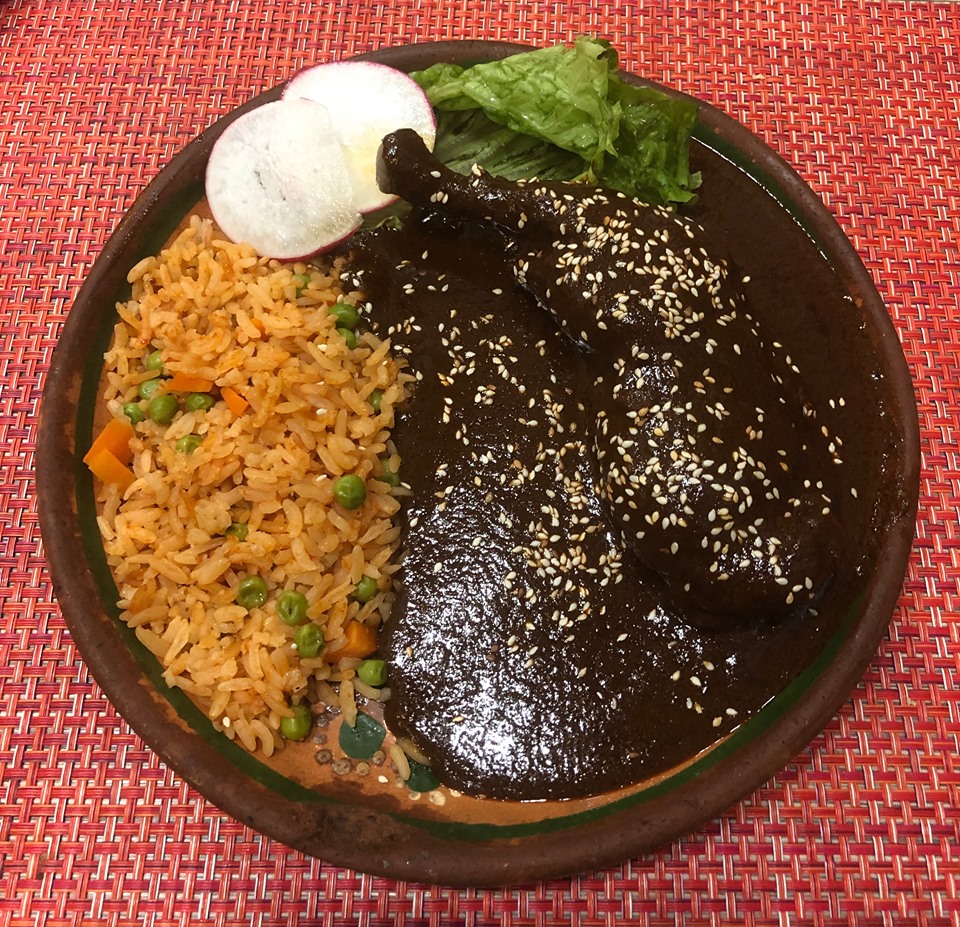
Often considered the national dish of Mexico, Mole Poblano is best known for its unique flavor derived from the combination of chili peppers, spices, and chocolate. Originating from the city of Puebla, the dish’s history is a blend of indigenous and Spanish influences.
47. Jerk Chicken – Jamaica

Jerk cooking is native to Jamaica, where meat is dry-rubbed or wet marinated with a very hot spice mixture called Jamaican jerk spice. Jerk chicken, one of the most well-known jerk dishes, reflects a mixture of African, Indigenous Taino, and Spanish cooking techniques.
48. Doro Wat – Ethiopia
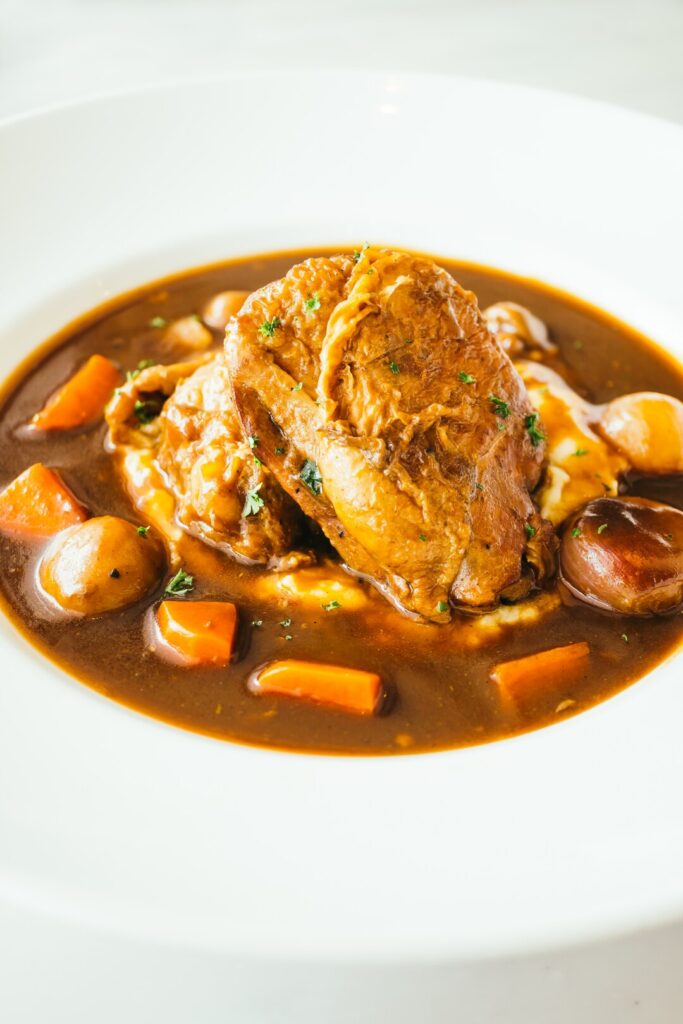
This spicy chicken stew is considered Ethiopia’s national dish. Doro Wat is made with chicken, Ethiopian berbere spice mix, and niter kibbeh, a seasoned clarified butter. It’s traditionally served with injera, a sourdough flatbread.
49. Wiener Schnitzel – Austria

A national dish of Austria, Wiener Schnitzel is a simple, elegant dish of breaded and pan-fried veal cutlets. Its origins are debated, with some tracing it back to Byzantine, Italian, and even Spanish cuisine, but it has been firmly adopted by the Austrians.
50. Hainanese Chicken Rice – Singapore
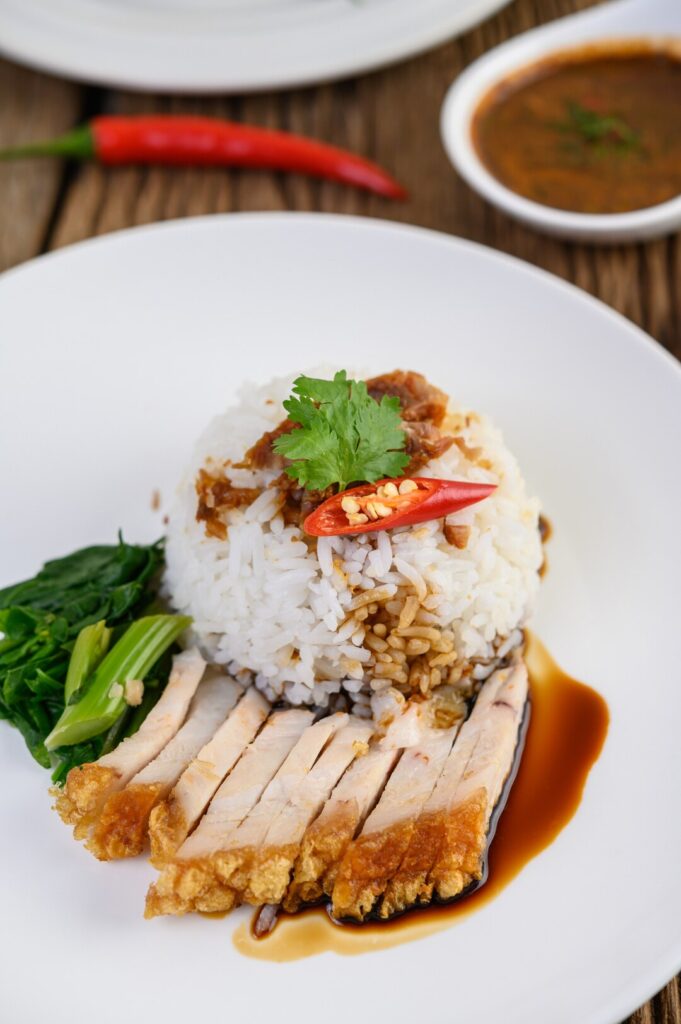
Originating from Chinese immigrants from Hainan province in southern China, Hainanese chicken rice is often considered Singapore’s national dish. This deceptively simple dish consists of poached chicken and seasoned rice, served with chili sauce and usually with cucumber garnishes.
51. Coq au Vin – France

Coq au Vin is a French dish of chicken braised with wine, lardons, mushrooms, and optionally garlic. While similar recipes date back to ancient Gaul, the modern version of Coq au Vin was popularized in the 20th century. It’s a classic example of French country cooking, using simple ingredients to create a flavorful and hearty dish.
52. Tandoori Chicken – India
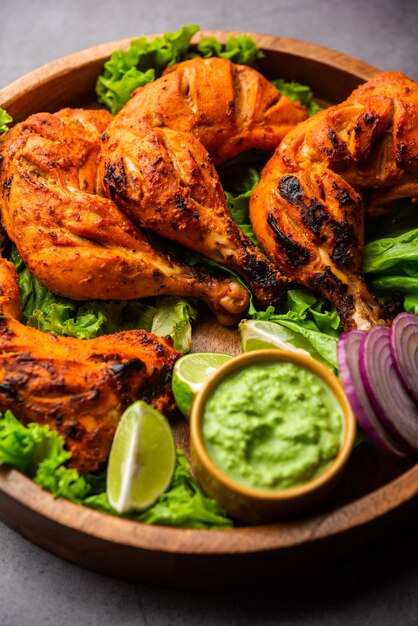
Originating from the Indian subcontinent, Tandoori Chicken is a dish consisting of chicken marinated in yogurt and seasoned with a spice mixture called tandoori masala. It’s traditionally cooked at high temperatures in a tandoor (a cylindrical clay oven), which gives the dish its name. The dish has roots in Punjabi cuisine and has become popular worldwide.
53. Croissant – France

Although associated with French cuisine, the croissant actually originated in Austria under the name “kipferl”. It was later adapted by the French in the early 19th century, who developed the buttery, flaky pastry known today as the croissant. This pastry has become a staple of French breakfasts and a symbol of French culinary tradition.
54. Focaccia – Italy
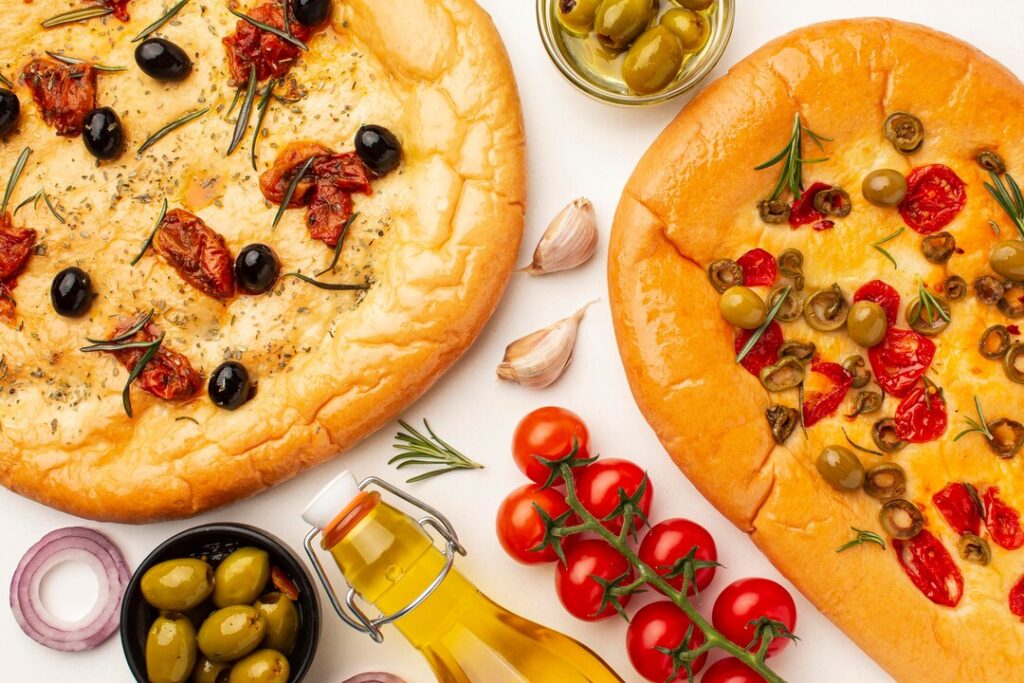
Focaccia is an Italian flatbread that is seasoned with olive oil, salt, and sometimes herbs, onions, or olives. Originating from ancient Rome, where it was known as “panis focacius”, it is a staple of Italian cuisine and varies widely across regions in toppings and texture.
55. Quiche Lorraine – France
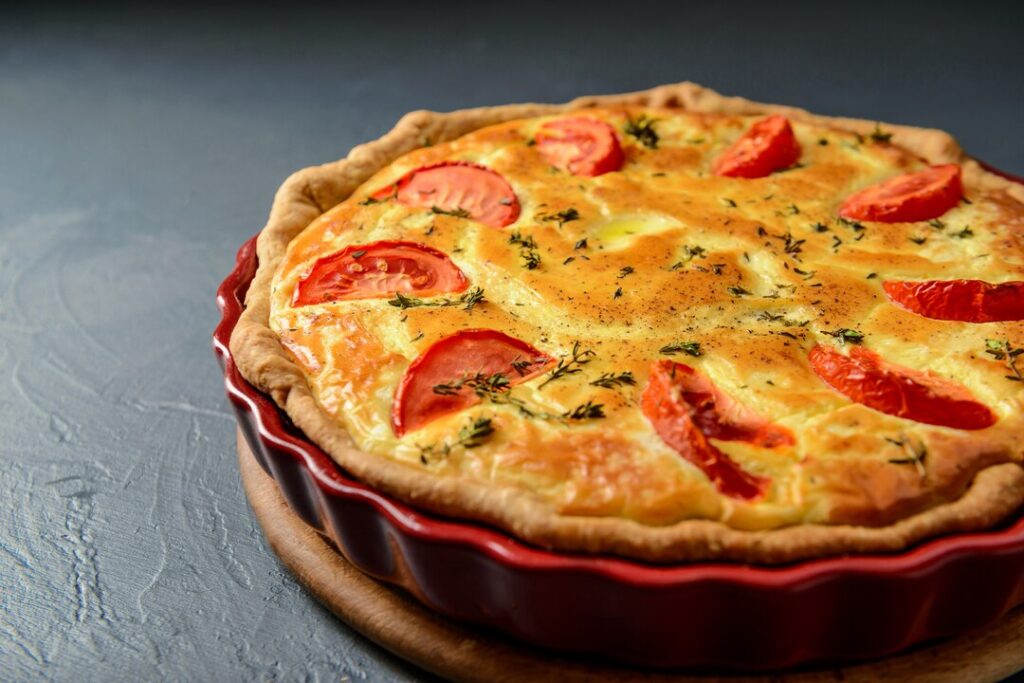
Quiche Lorraine originates from the Lorraine region of France. It’s a savory pie filled with custard, pieces of bacon or lardons, and cheese. The dish has evolved over time, but its roots can be traced back to medieval German cuisine. Today, it is enjoyed worldwide and comes in many variations.
56. Bakso – Indonesia
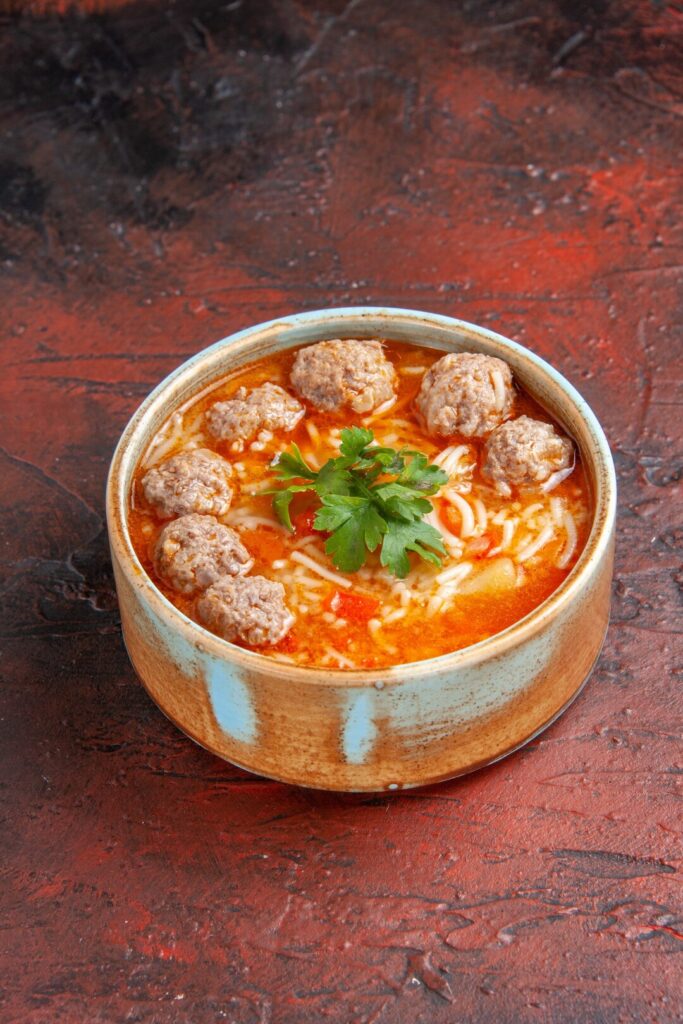
Bakso is a popular Indonesian meatball soup, made from beef and tapioca flour. It’s usually served in a broth with noodles, bean sprouts, and sometimes tofu and hard-boiled eggs. Bakso can be found all over Indonesia, from street vendors to restaurants. The dish is of Chinese Indonesian origin but has become a national favorite, with variations across the country.
57. Döner Kebab – Turkey
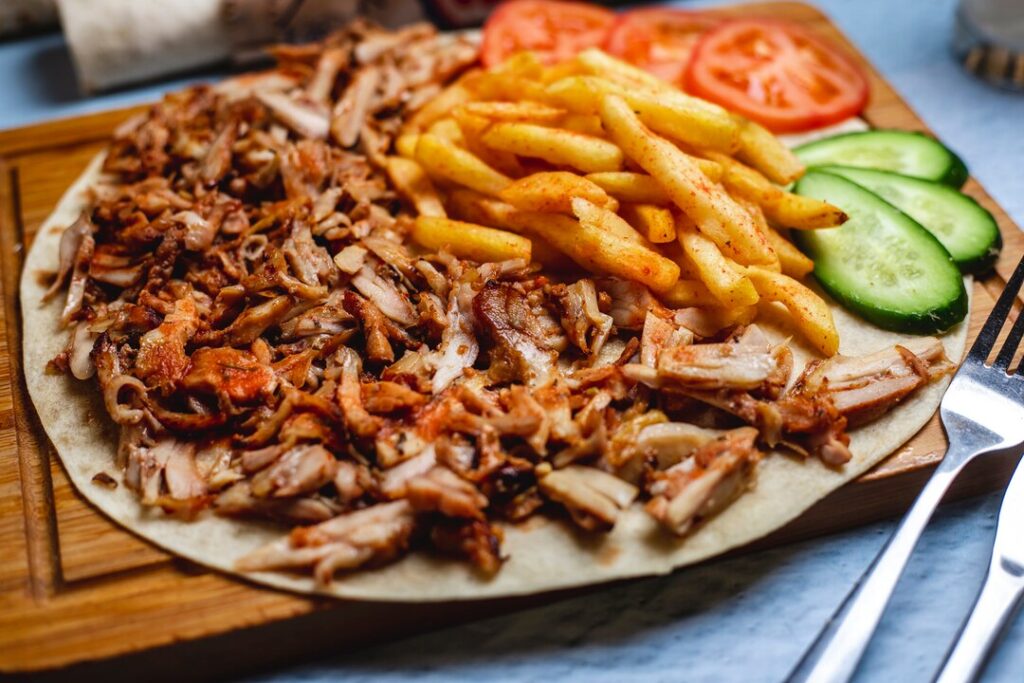
Döner Kebab is a type of kebab, made of meat cooked on a vertical rotisserie. Seasoned meat stacked in the shape of an inverted cone is turned slowly on the rotisserie, next to a vertical cooking element. The outer layer is sliced into thin shavings as it cooks. Originally from Turkey, it was introduced in Germany in the 1960s by Turkish immigrants and has become a popular fast-food staple worldwide, illustrating the globalization of Turkish cuisine.
58. Samosa – Indian Subcontinent
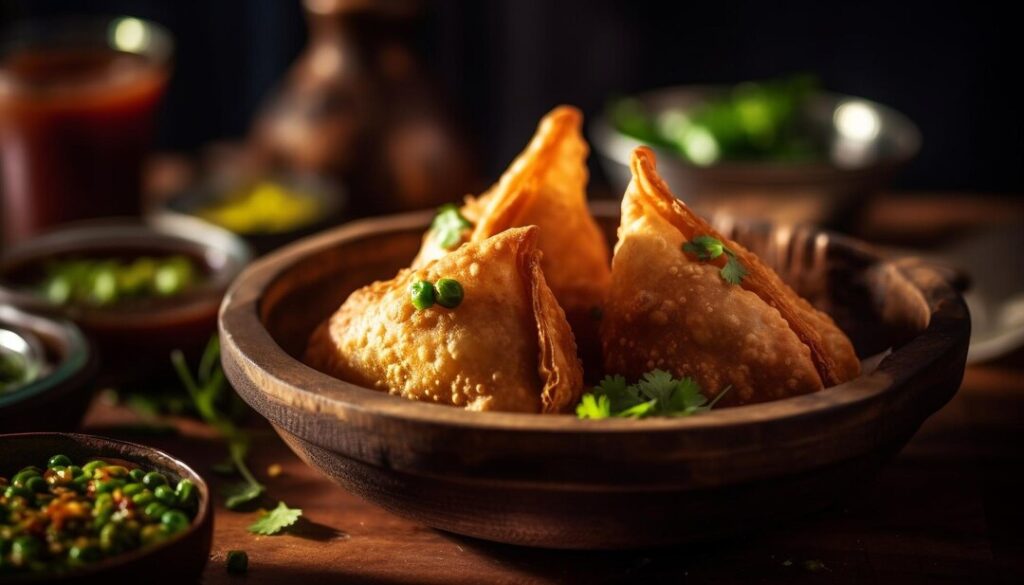
A samosa is a fried or baked pastry with a savory filling, including ingredients such as spiced potatoes, onions, peas, cheese, beef, and other meats, or lentils. It may take different forms, including triangular, cone, or half-moon shapes, depending on the region. Samosas are a popular entrée, appetizer, or snack in the Indian subcontinent, Southeast Asia, the Middle East, Africa, and other parts of the world, reflecting the widespread influence of South Asian cuisine.
59. Tom Yum – Thailand
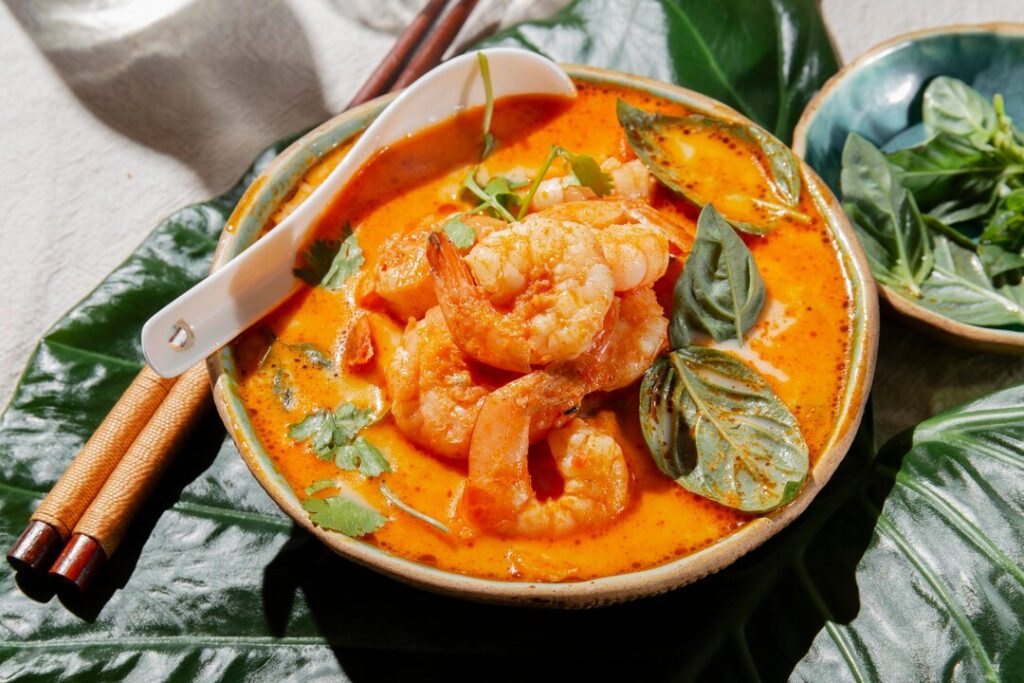
Tom Yum is a type of hot and sour Thai soup, usually cooked with shrimp (prawn). The soup is often made with stock, lemongrass, kaffir lime leaves, galangal, lime juice, fish sauce, and crushed chili peppers. Tom Yum is known for its distinct hot and sour flavors, with fragrant spices and herbs generously used in the broth. It represents the complexity and richness of Thai culinary traditions.
60. Haggis – Scotland

Haggis is a savory pudding containing sheep’s pluck (heart, liver, and lungs); minced with onion, oatmeal, suet, spices, and salt, mixed with stock, and cooked while traditionally encased in the animal’s stomach. Considered the national dish of Scotland, haggis is closely associated with Scottish cultural identity and celebrated annually on Burns Night.
61. Moules-Frites – Belgium, France
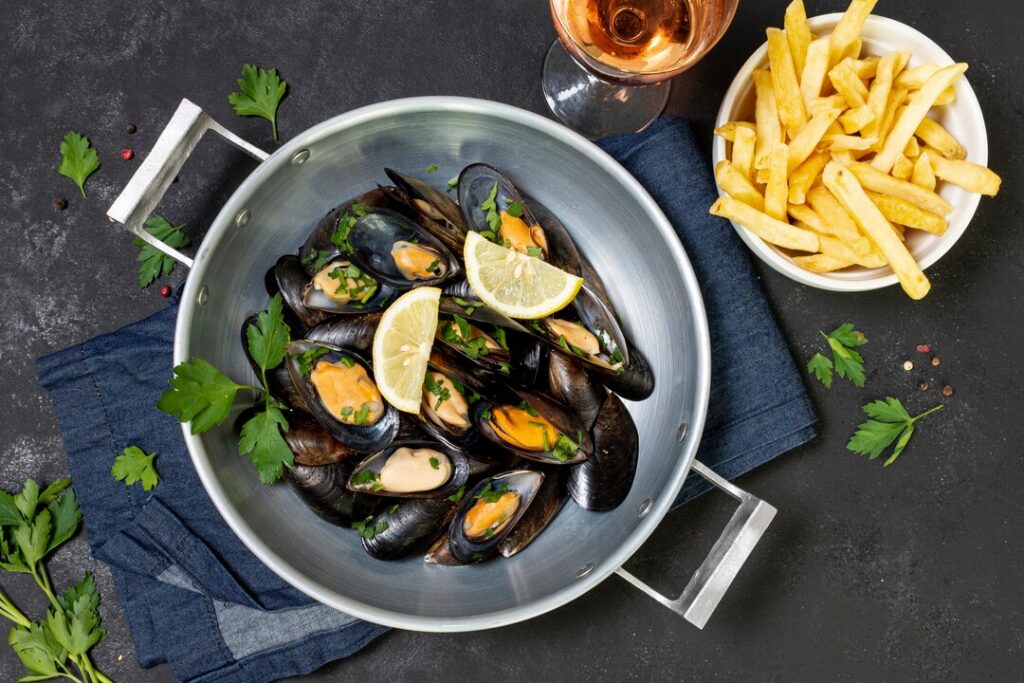
Moules-frites or mussels and fries is a main dish of mussels and fries originating in Belgium. It is considered the national dish of Belgium, which claims to be the place of its invention, though it is also popular in France. The mussels are usually steamed with onions and celery in white wine, sometimes with additional ingredients such as cream, parsley, or garlic. The dish is often served with a side of fresh fries and mayonnaise.
62. Nasi Goreng – Indonesia

Nasi Goreng, meaning “fried rice” in Indonesian and Malay, is an Indonesian rice dish with pieces of meat and vegetables added. It can be considered a national dish of Indonesia, where it has been declared one of the nation’s favourite dishes. Nasi Goreng is traditionally served at home for breakfast and is made with leftover rice from the night before. It is known for its distinctive sweet, spicy, and savory flavors, often including a fried egg on top.
63. Chili Con Carne – United States
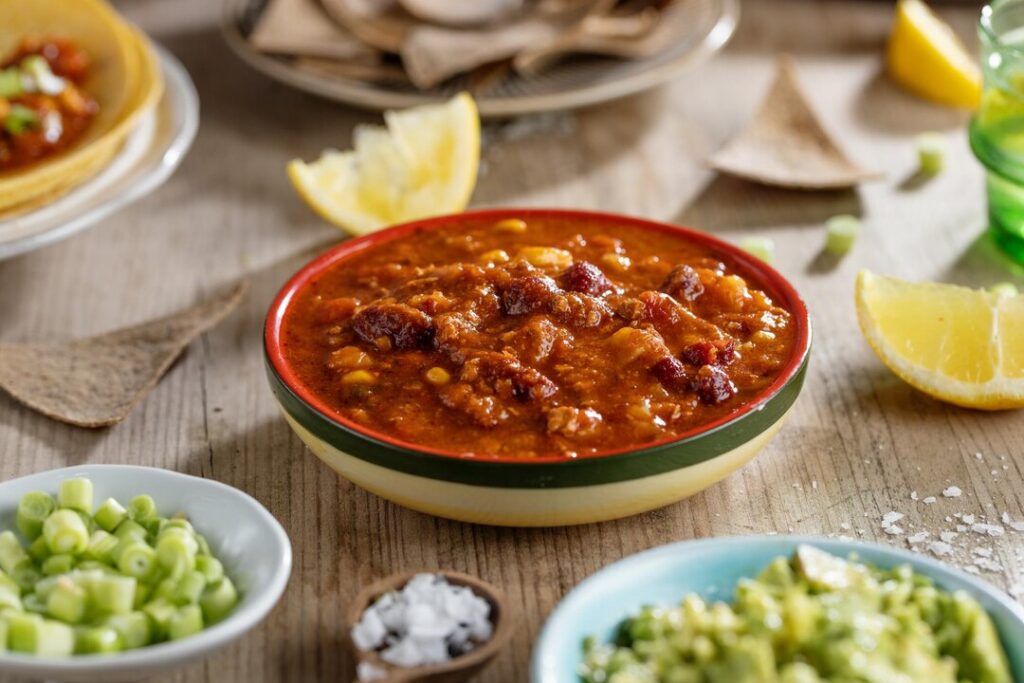
To conclude Top 50 Foods You Must Eat Before You Die we have Chili Con Carne, more commonly known simply as chili, is a spicy stew containing chili peppers, meat (usually beef), and often tomatoes and beans. Other seasonings may include garlic, onions, and cumin. Geographic and personal tastes involve different types of meat and ingredients. The dish originated in the southern United States, with the first recorded batch of chili con carne made in 1731 by Spanish immigrants in San Antonio, Texas. It has since become a quintessential American dish, celebrated through numerous chili cook-offs across the country and embraced in various forms in American cuisine.
As we conclude our epicurean journey through “Top 50 Foods You Must Eat Before You Die,” it’s clear that the adventure is far from over. Each dish on this list represents a story, a community, and a tradition that invites deeper exploration. Beyond the flavors and textures that dance on our taste buds, food is a universal language that bridges gaps, fosters understanding, and nurtures a sense of global kinship. While we may have checked off these 50 culinary delights, the world’s vast menu of foods continues to evolve, inviting endless opportunities for discovery and delight. So, keep your fork ready and your mind open; the best meal of your life is always waiting to be discovered in the next bite. As you venture forth, remember that to eat is to explore—to embark on a never-ending quest for new tastes, stories, and connections. Bon appétit!
